[Welcome] How to Lace your Cleats
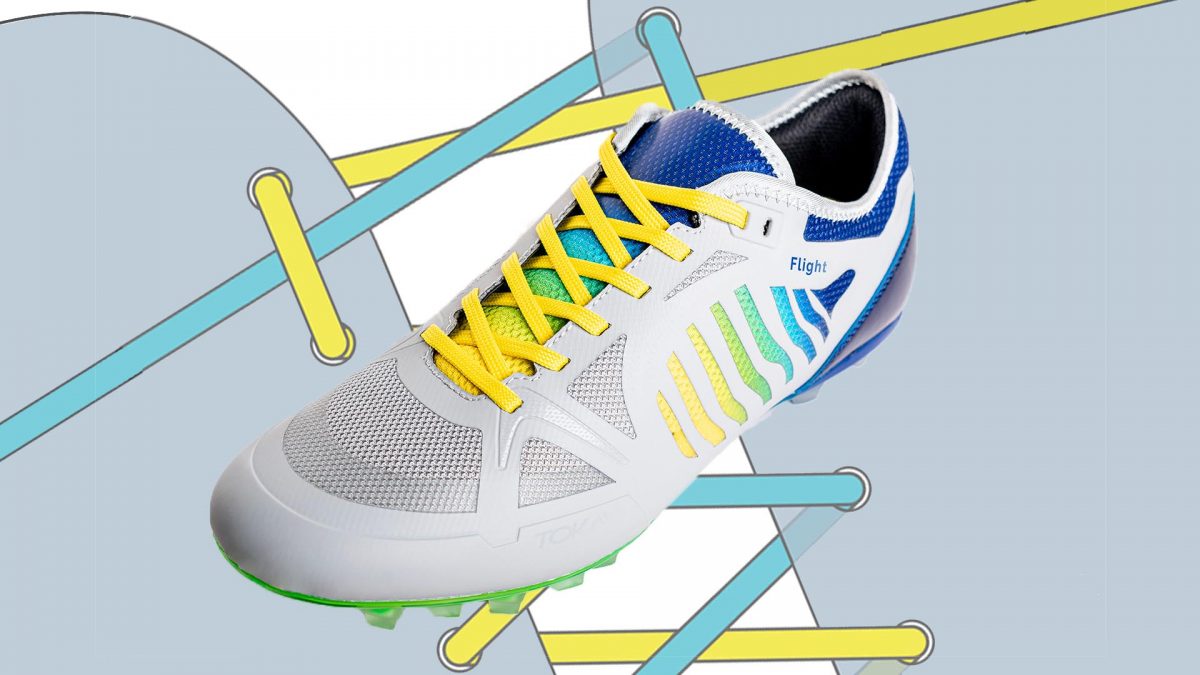
The lacing technique you use on your cleats can make a significant difference to your feet and therefore impact your overall performance. We want you to make a deliberate decision about what lacing technique best suits your feet, because happy feet make for a happier player.
We have compiled a small selection of functional lacing techniques that will accomplish things like relieving the discomfort felt by athletes with wide feet, narrow feet, high arches, and everything in between including toe pain and heel slippage. We’ve also included two lacing alternatives for those of you whose shoes fit just right but still want to get in on the fun of different lacing styles.
Once you’ve laced up those cleats, give our shoe tying article a look for tips on how to keep your laces tied.
Our best tip
Use this finish in combination with your preferred lacing technique to avoid getting blisters and wearing out the heel of your cleats. It secures your heel without tightening the rest of the shoe and even provides additional ankle support.
How to solve common fit issues
You’ll find below a few more tips to help you solve the most common fit issues other players have reported:
WIDE
FEET
This lacing style will loosen your entire shoe.
SHOES TOO TIGHT
Alternative lacing style if your entire shoe feels too tight. In this technique the laces are more evenly distributed giving a more comfortable fit.
NARROW FEET
This method will tighten your entire shoe, but make sure you can still flex your feet normally. Avoid over tightening your shoes since that could prevents normal blood flow causing numbness and even bruising.
PRESSURE POINT
Alleviate pressure on a particular part of your foot by skipping two eyelets above an area where you experience a lot of tightness. This will reduce pressure without losing a lot of support.
TOE
PAIN
TOKAY cleats have been designed to give your toes more room, but this lacing method will lift the toe cap and give your toes even more space. Be sure to thread from your big toe up to the opposite top.
HEEL SLIPPAGE
Use this finish in combination with your preferred lacing technique to avoid getting blisters and wearing out the heel of your cleats. It secures your heel without tightening the rest of the shoe and even provides additional ankle support. ?
QUICK TIGHTENING
This method will allow you to quickly and evenly tighten your shoes by pulling on the loose ends.
# HASH LACING
Difficult to tighten, but the hash symbol nicely shows off the gradient coloring of the low-cut’s tongue. #WOW #nice
SOURCES
Fieggen, Ian. “Shoe Lacing Methods.” Ian’s Shoelace Site, 18 Oct. 2017.
F., Jenn. “Podiatrist Secrets: How To Tie Your Shoes To Prevent Foot Injuries.” Healing Feet NYC Podiatrist Foot Doctor RSS, The Center For Podiatric Care And Sports Medicine, 10 Apr. 2015.
“How To Lace Running Shoes.” DICK’S Pro Tips, DICK’S Sporting Goods, 12 July 2017.
Palmer, Amanda. “Custom Lace Your Running Shoes for Pain Relief.” Wellness, Womanista, 18 Jan. 2017.
Rinkunas, Susan. “Alternative Ways to Tie Your Running Shoes.” Runnersworld.com, Runner’s World, 27 Nov. 2007.
“Running Shoe Lacing Techniques.” KatieRUNSthis, 4 Oct. 2011.
“Running Shoe Lacing Techniques.” The Color Run ™, 29 Dec. 2016.
“Top 12 Running Shoe Lacing Techniques and Knots.” Run Repeat.
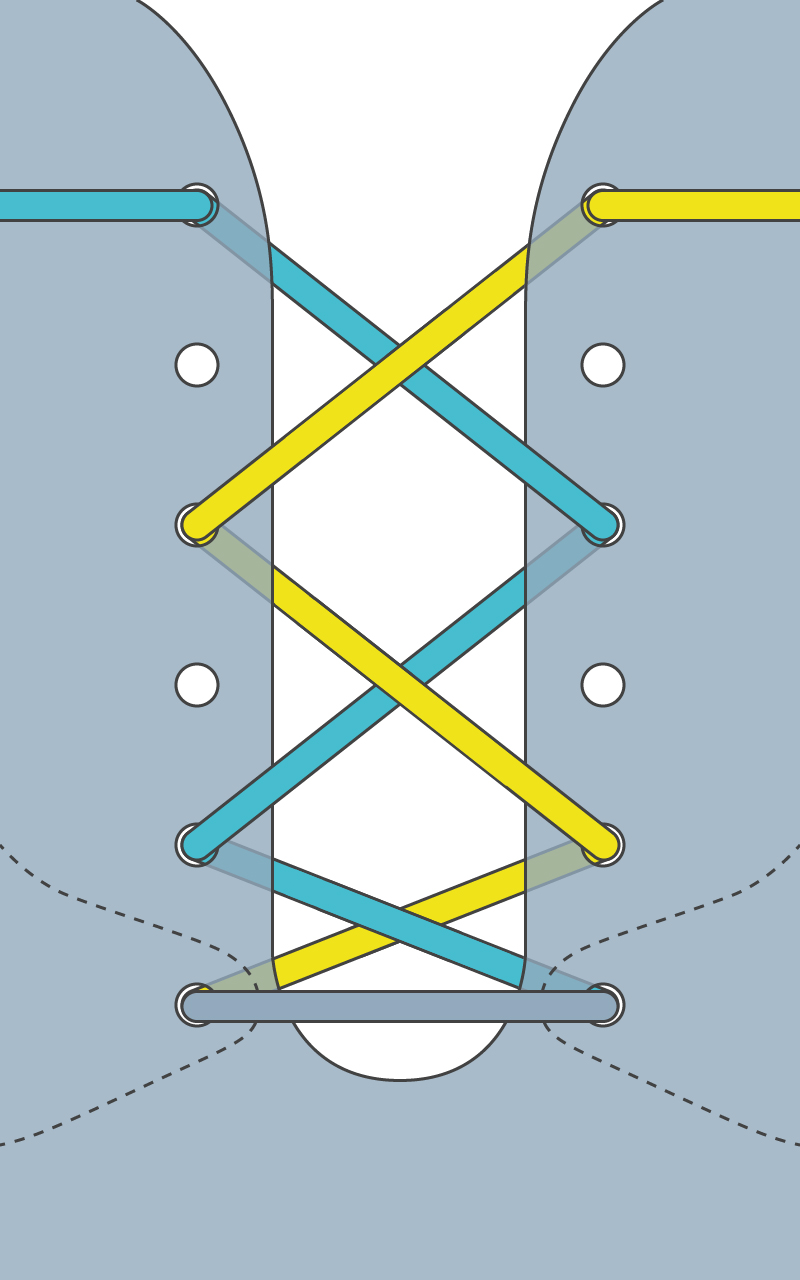
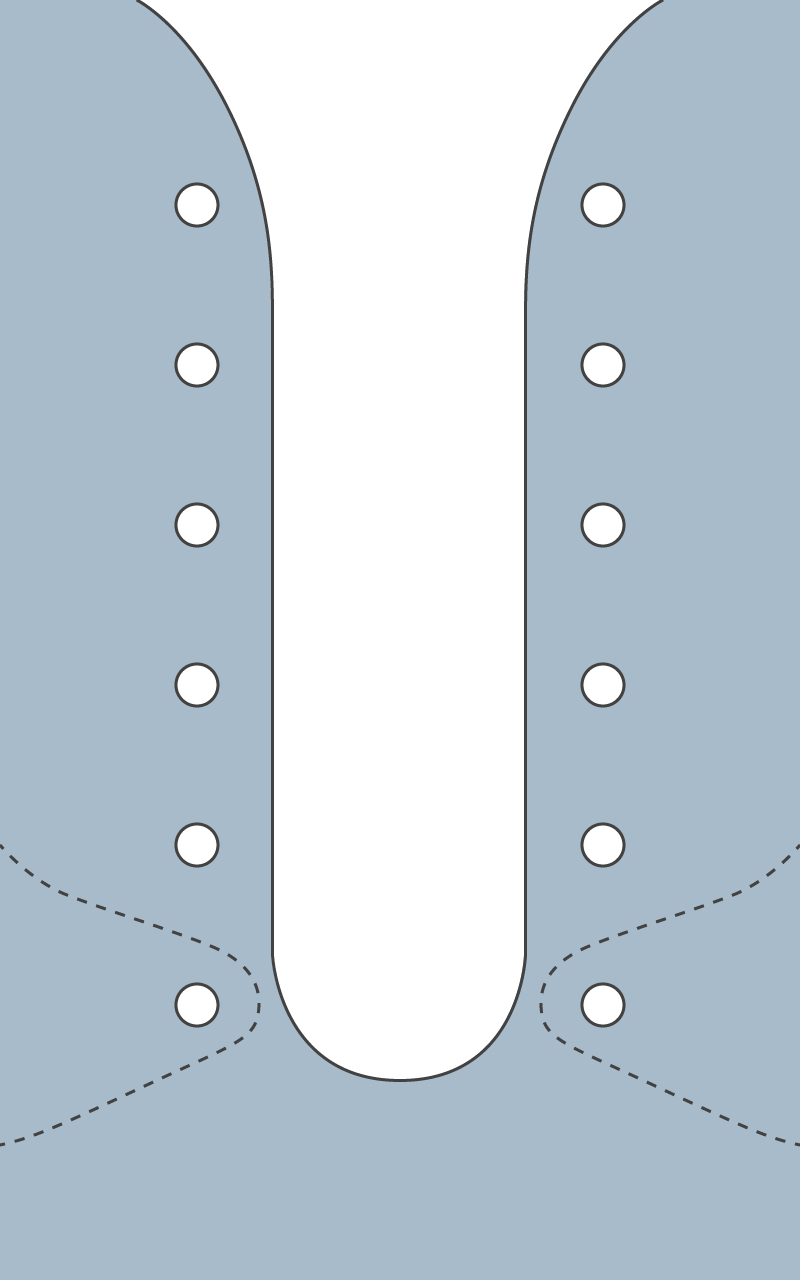
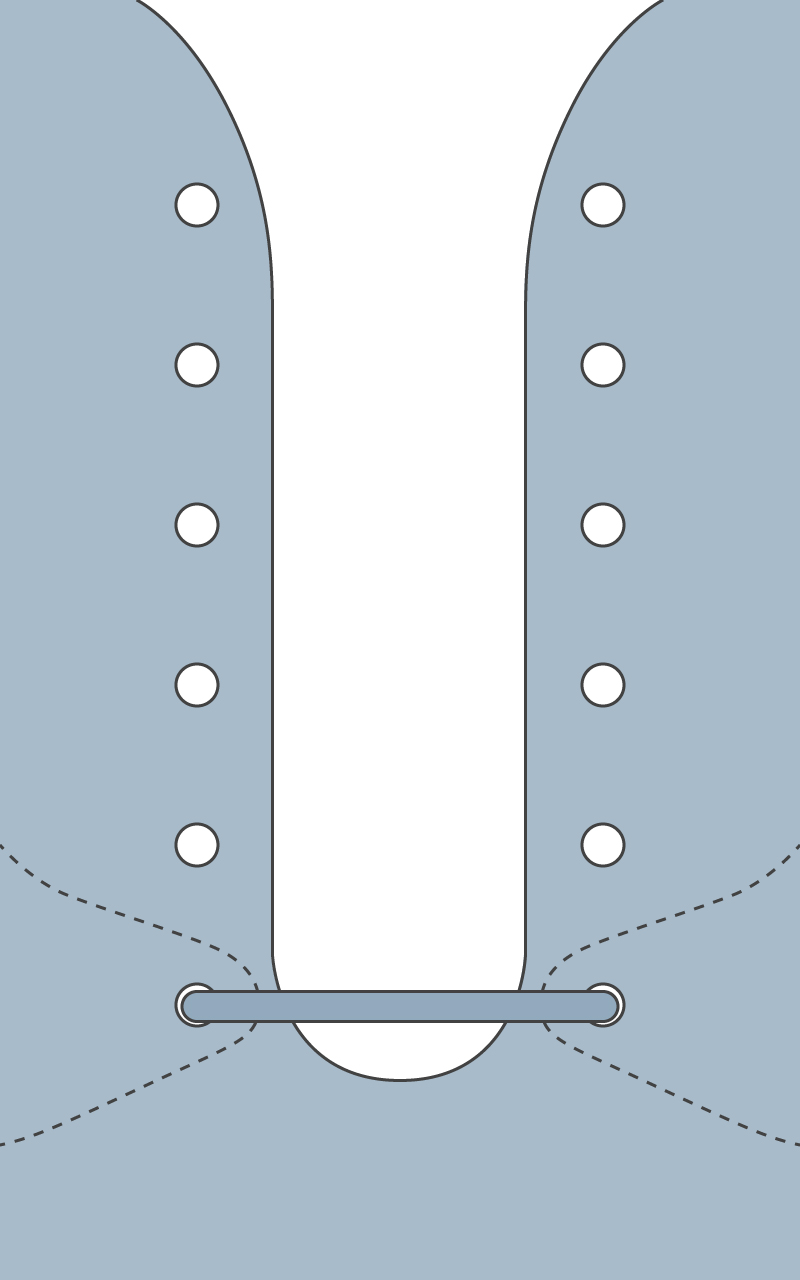
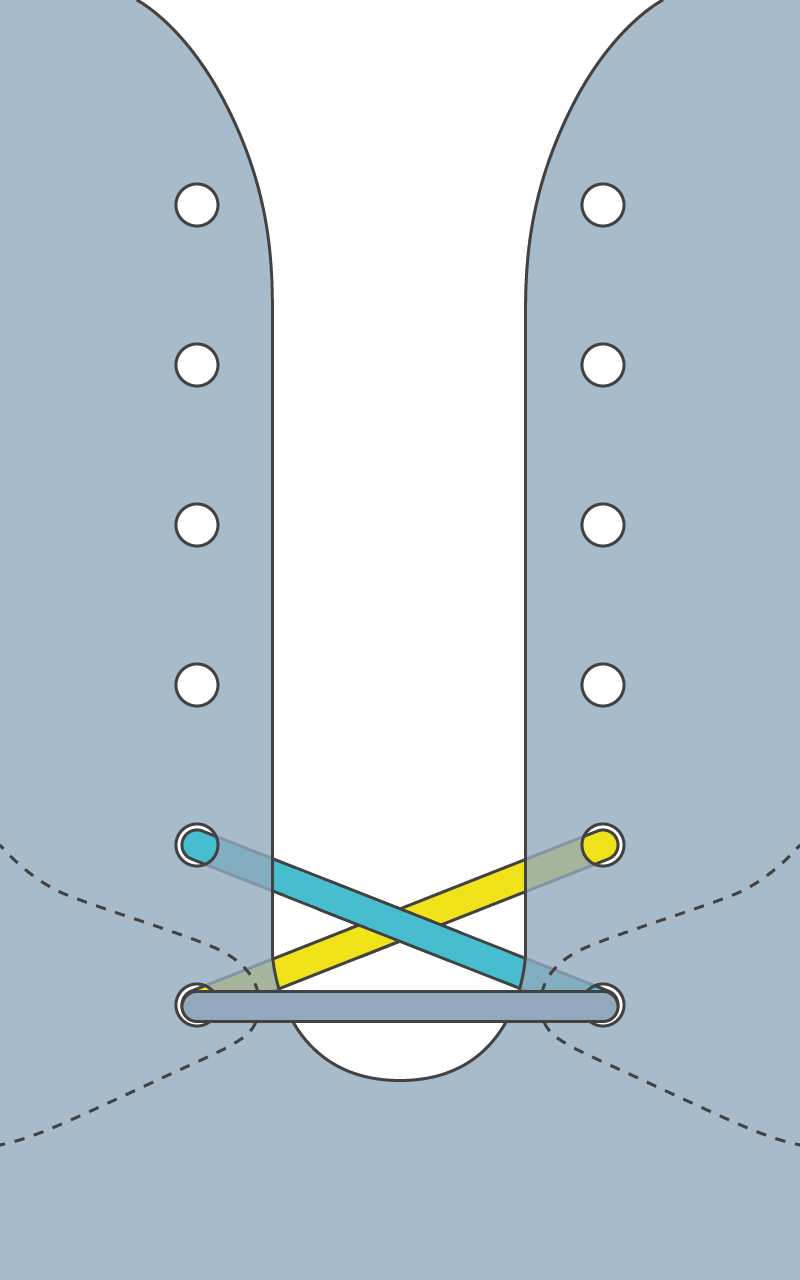
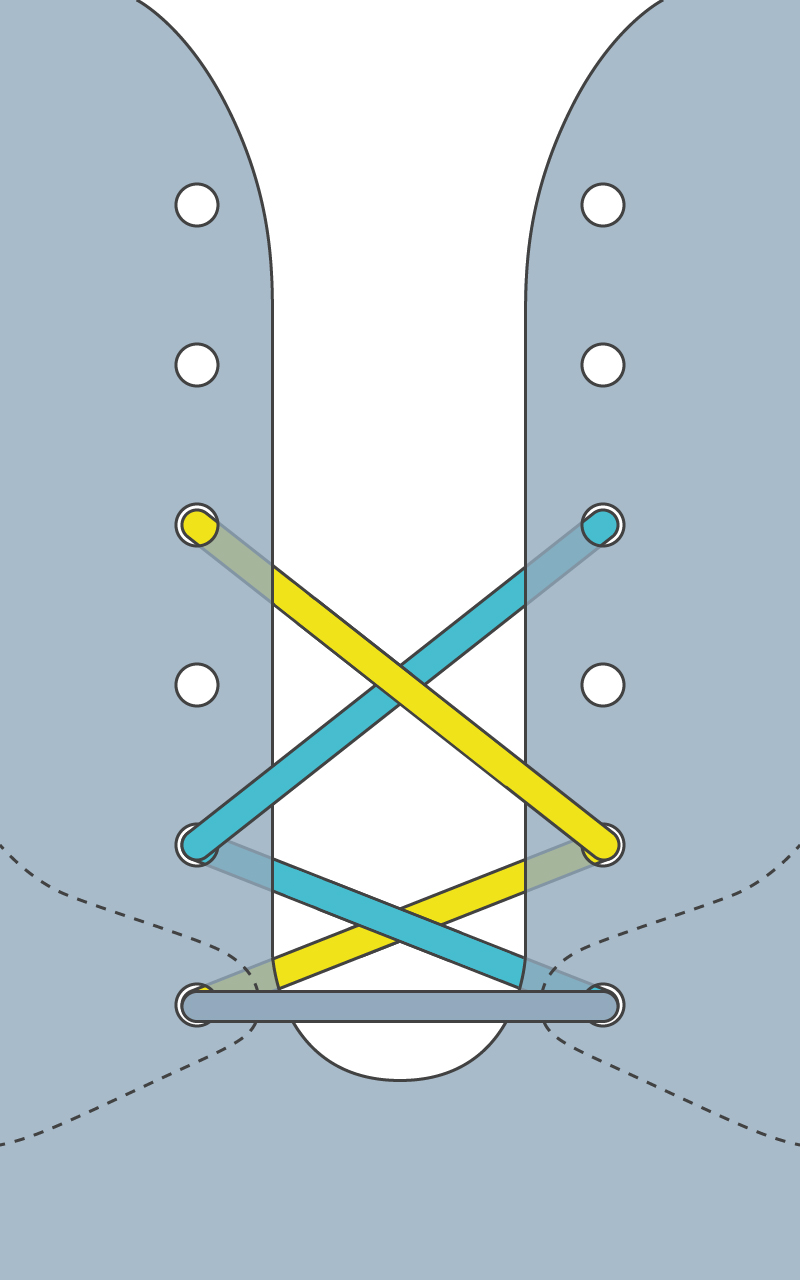
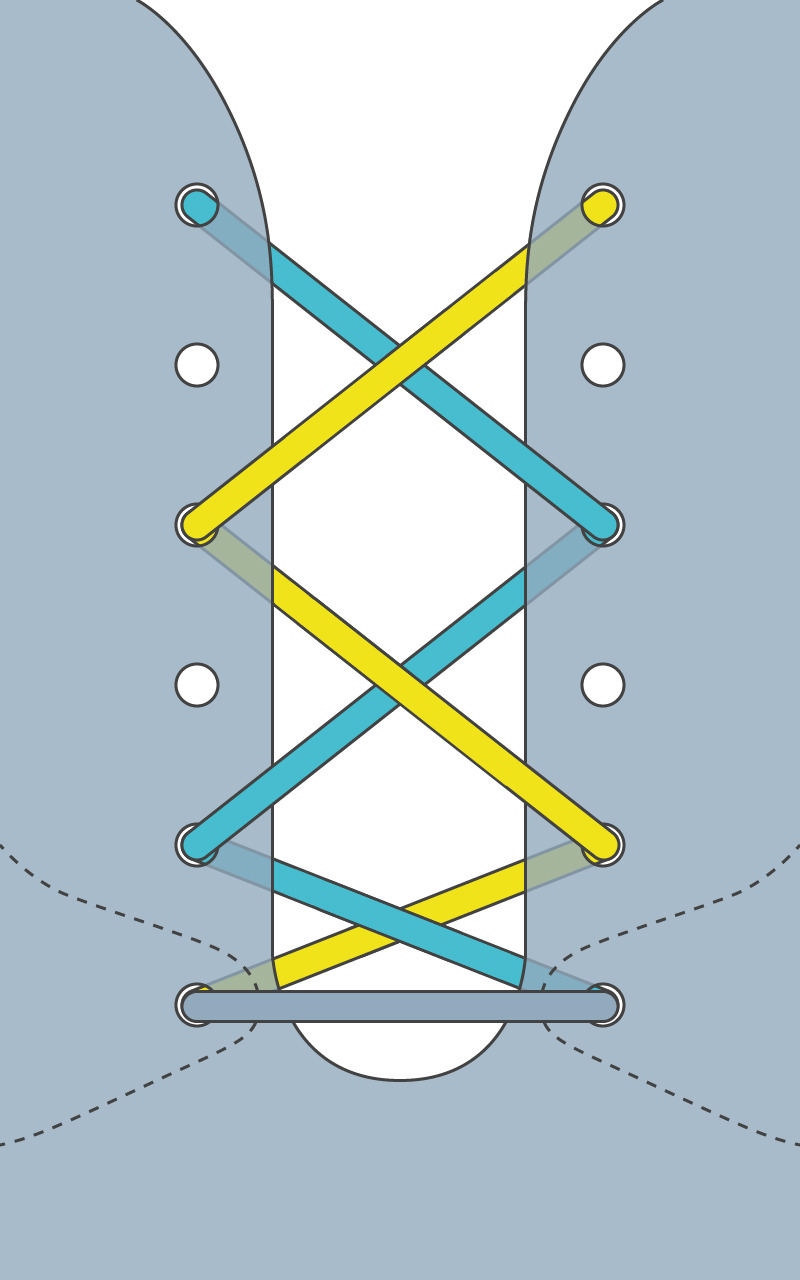
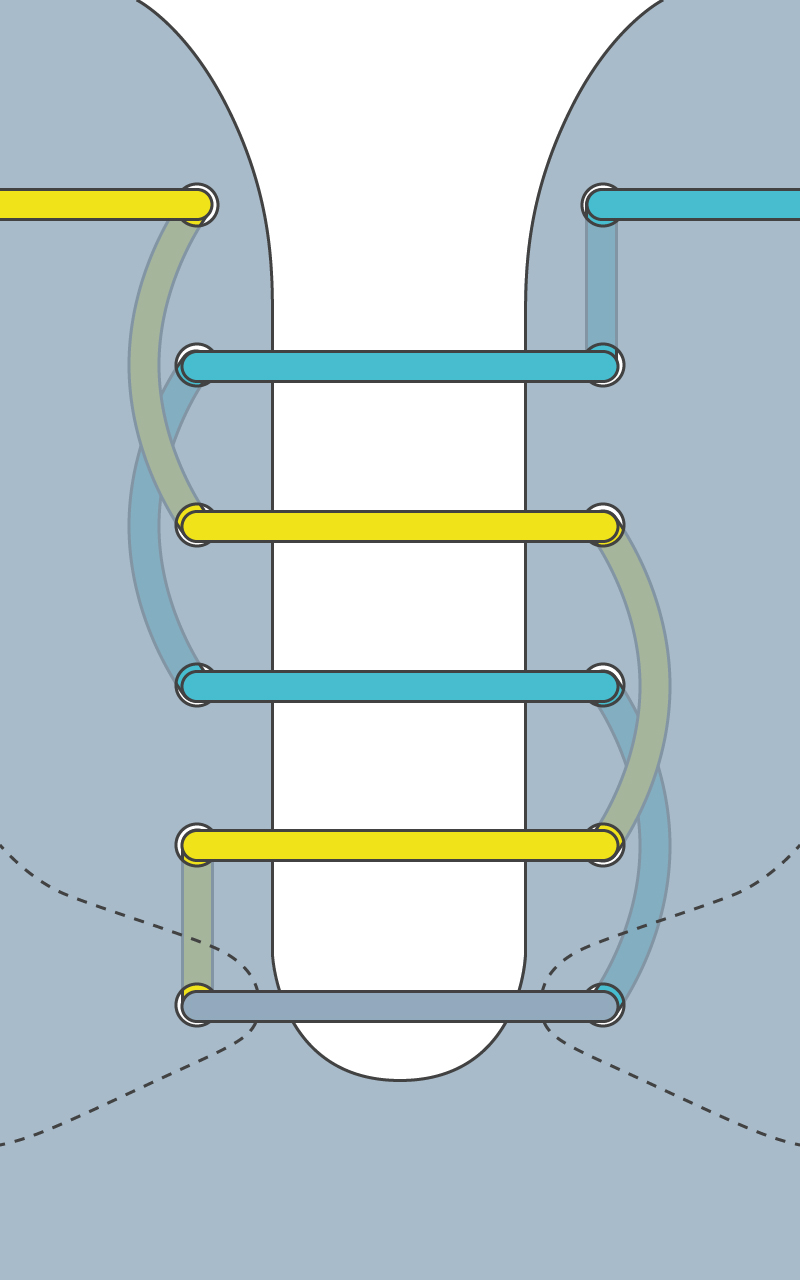
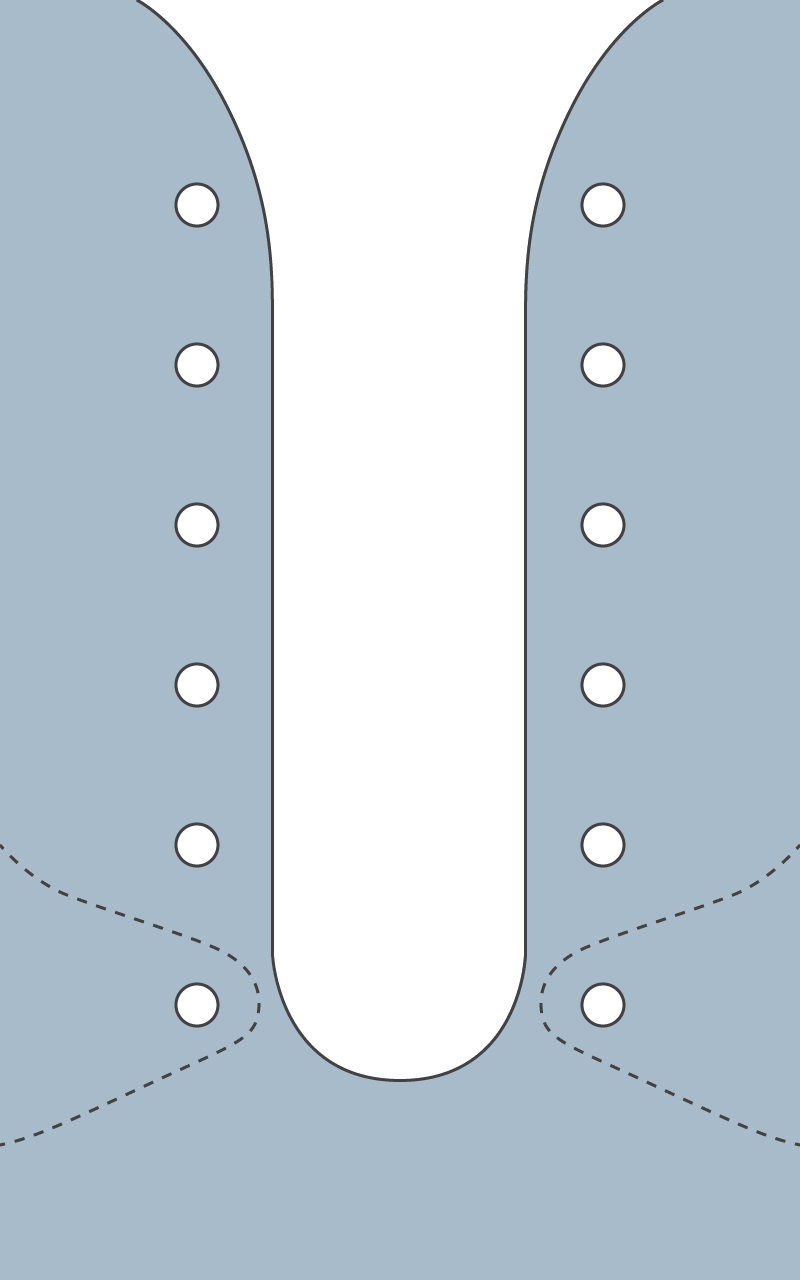
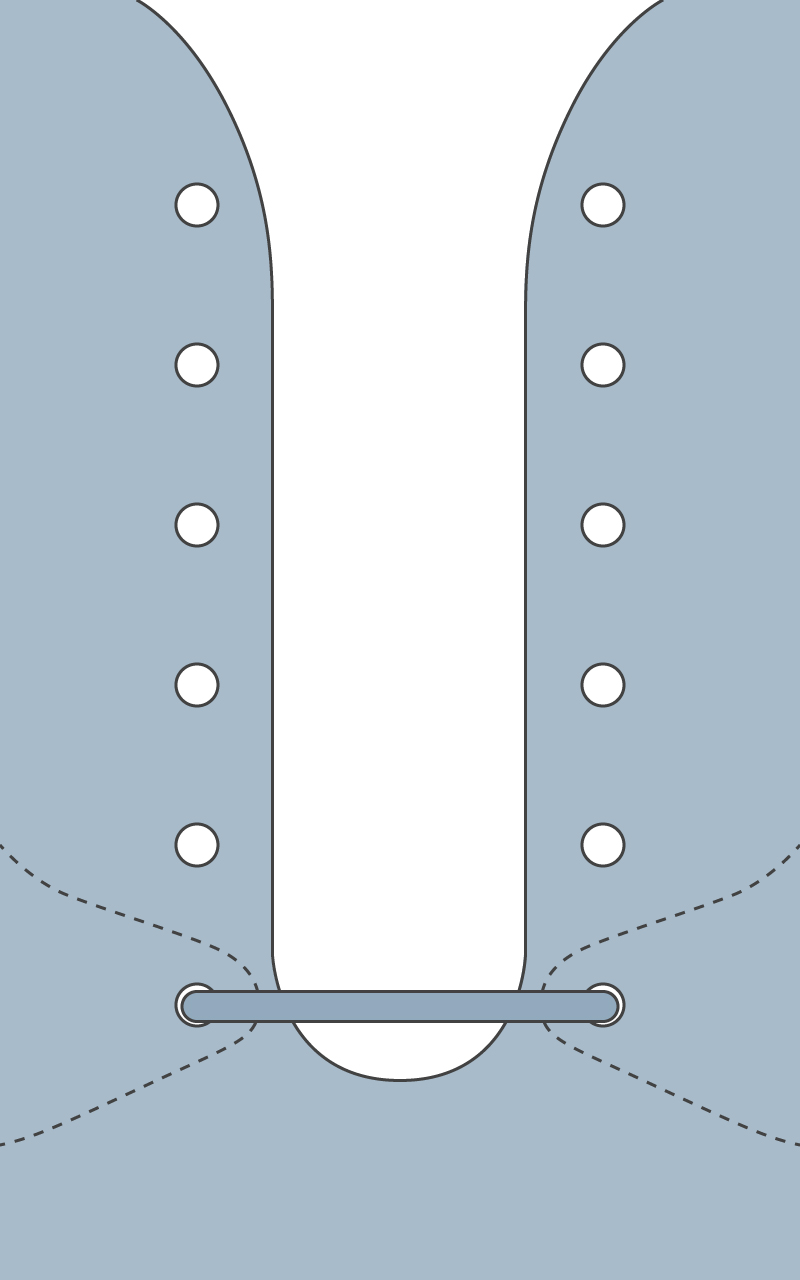
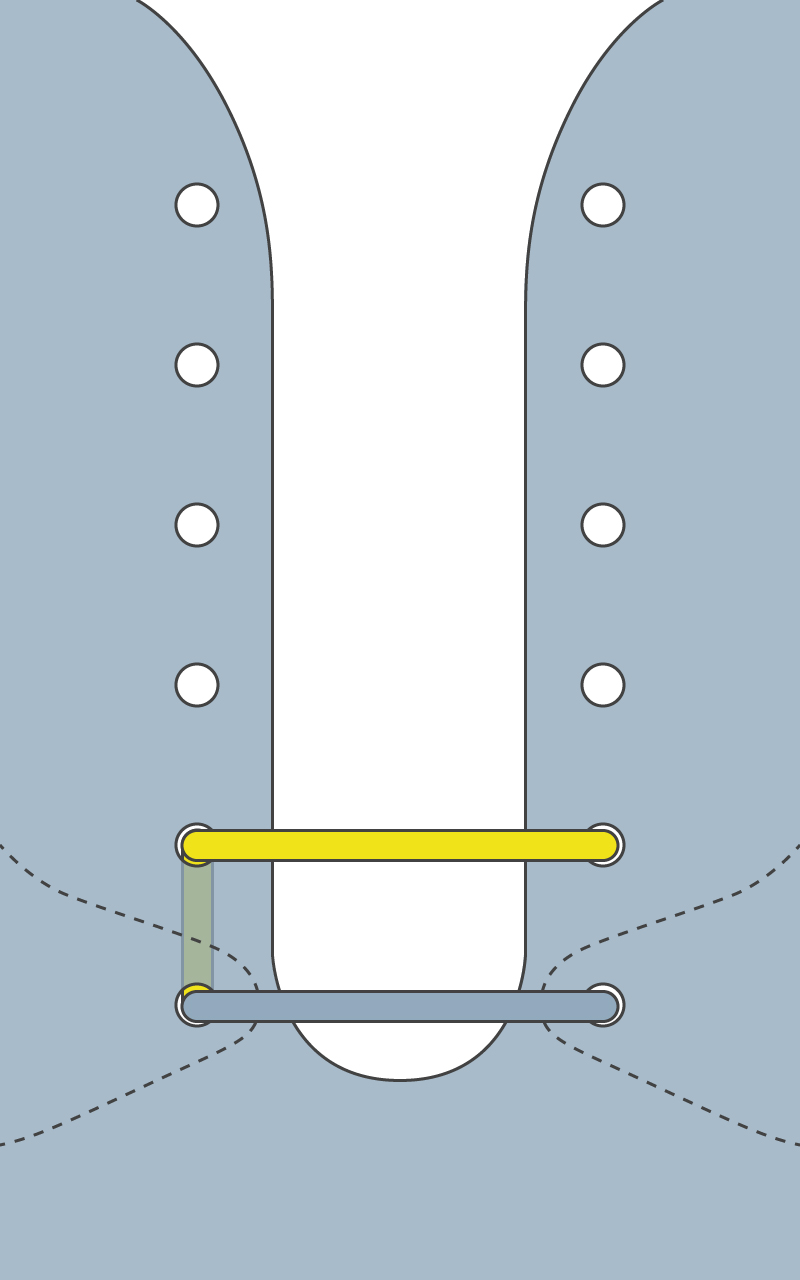
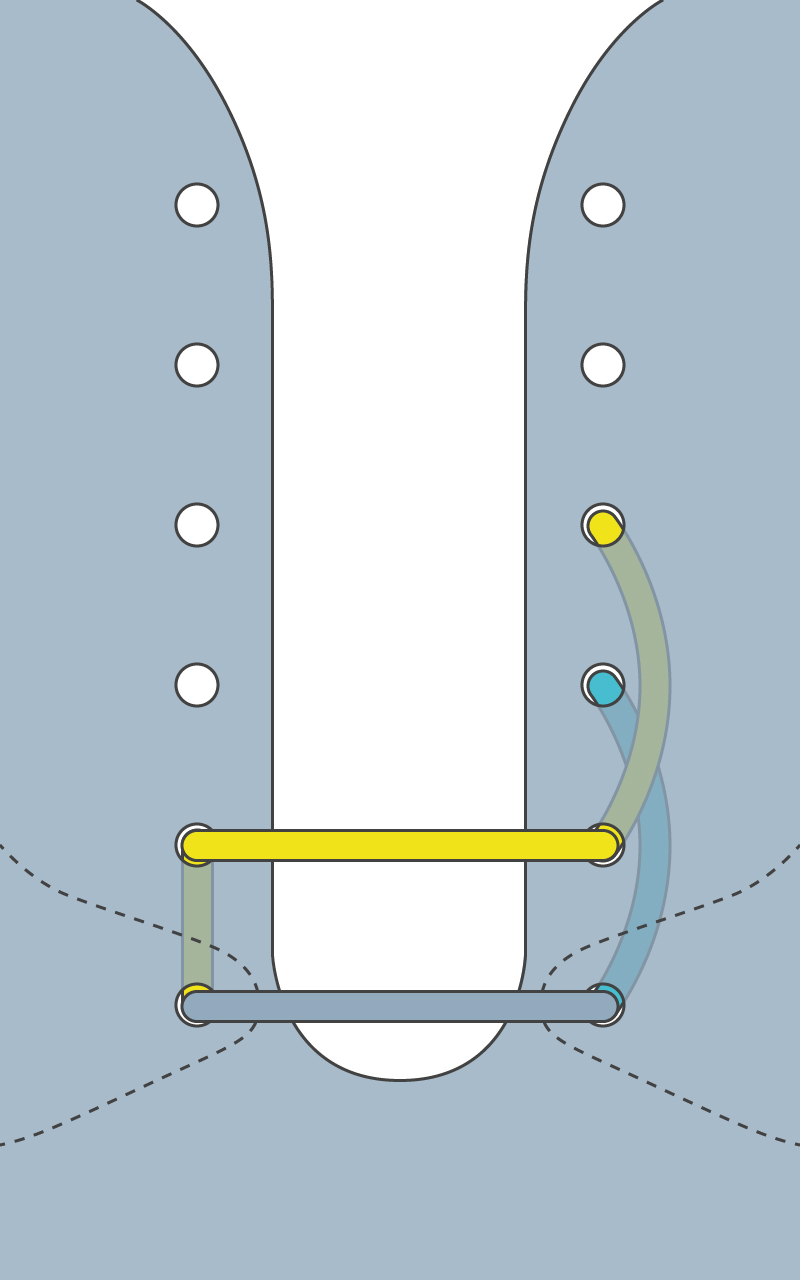
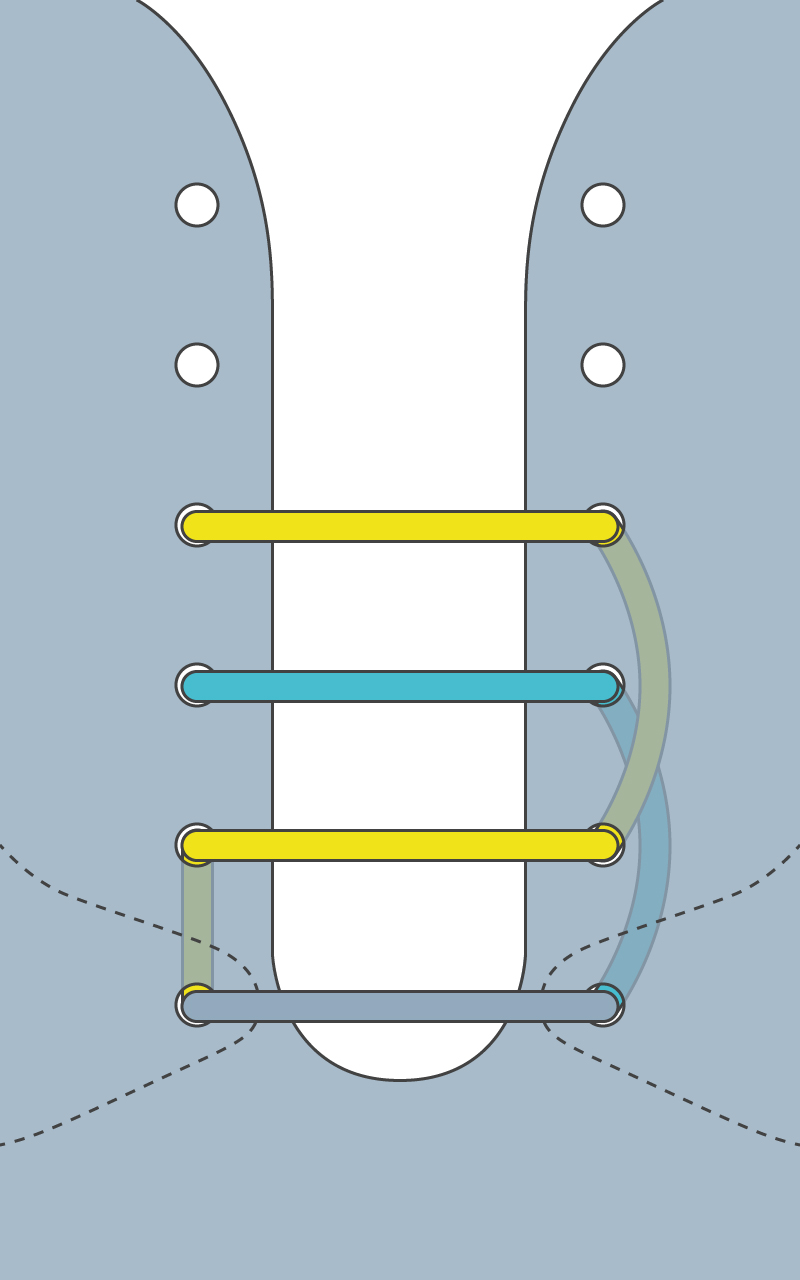
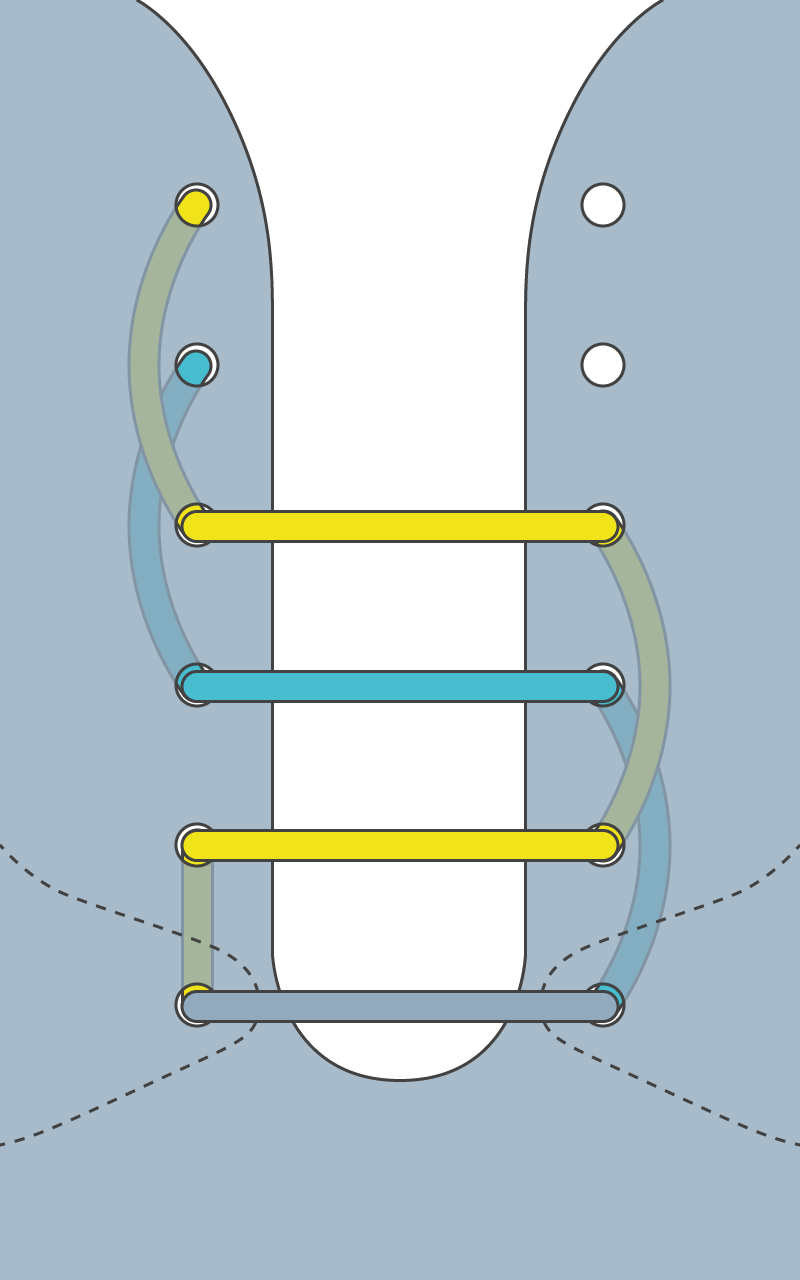
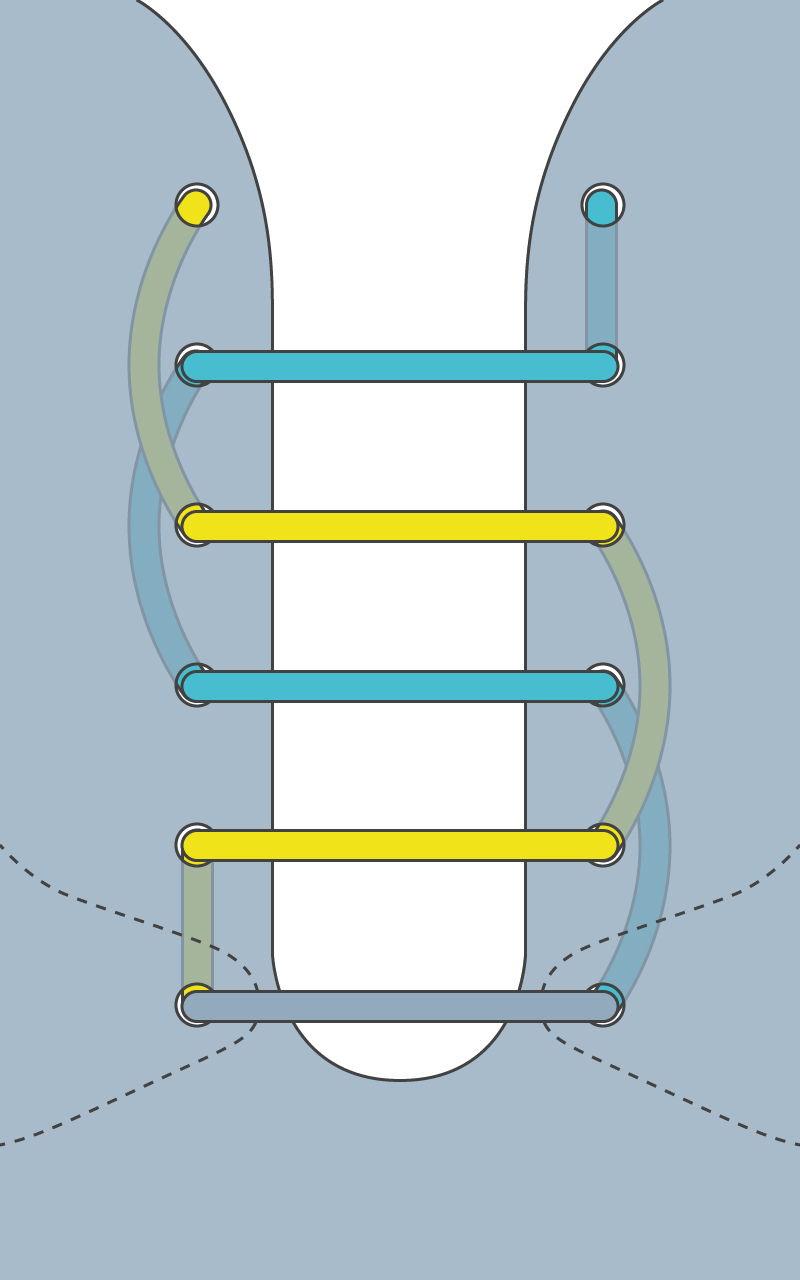
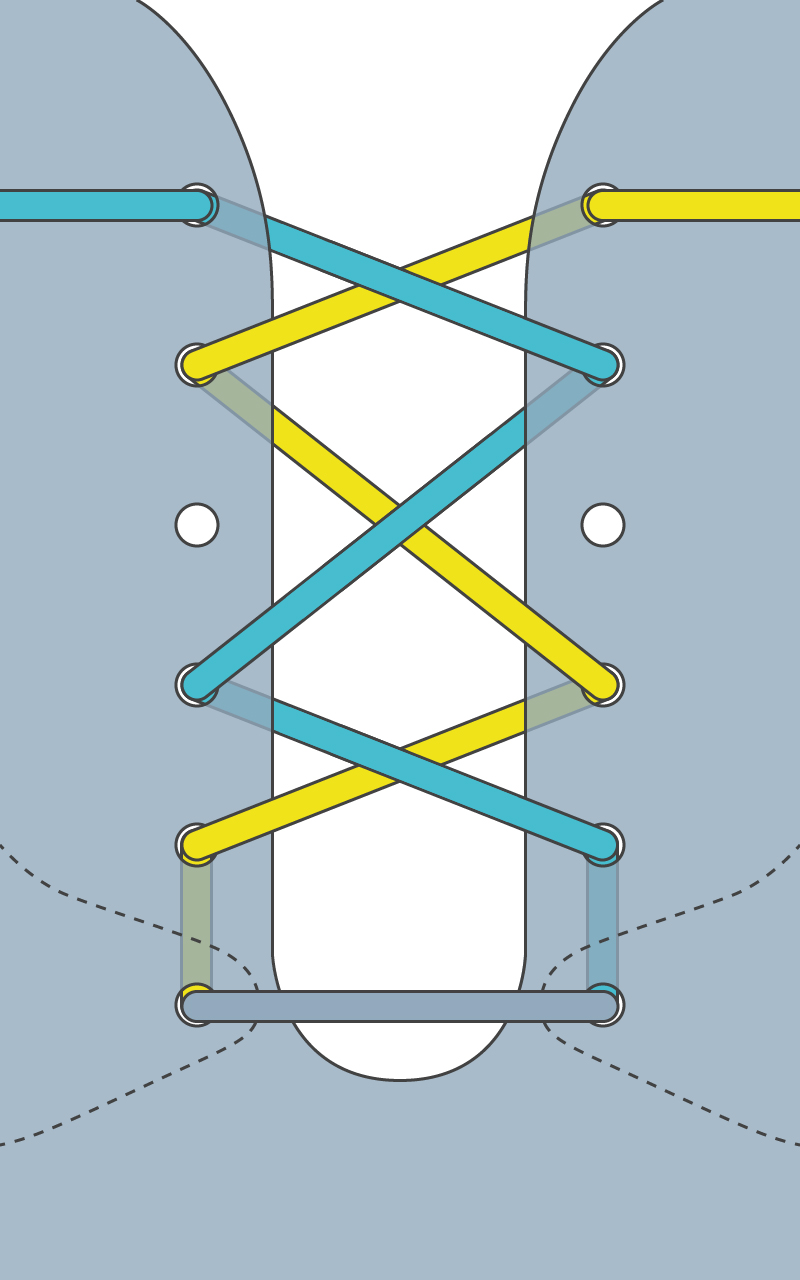
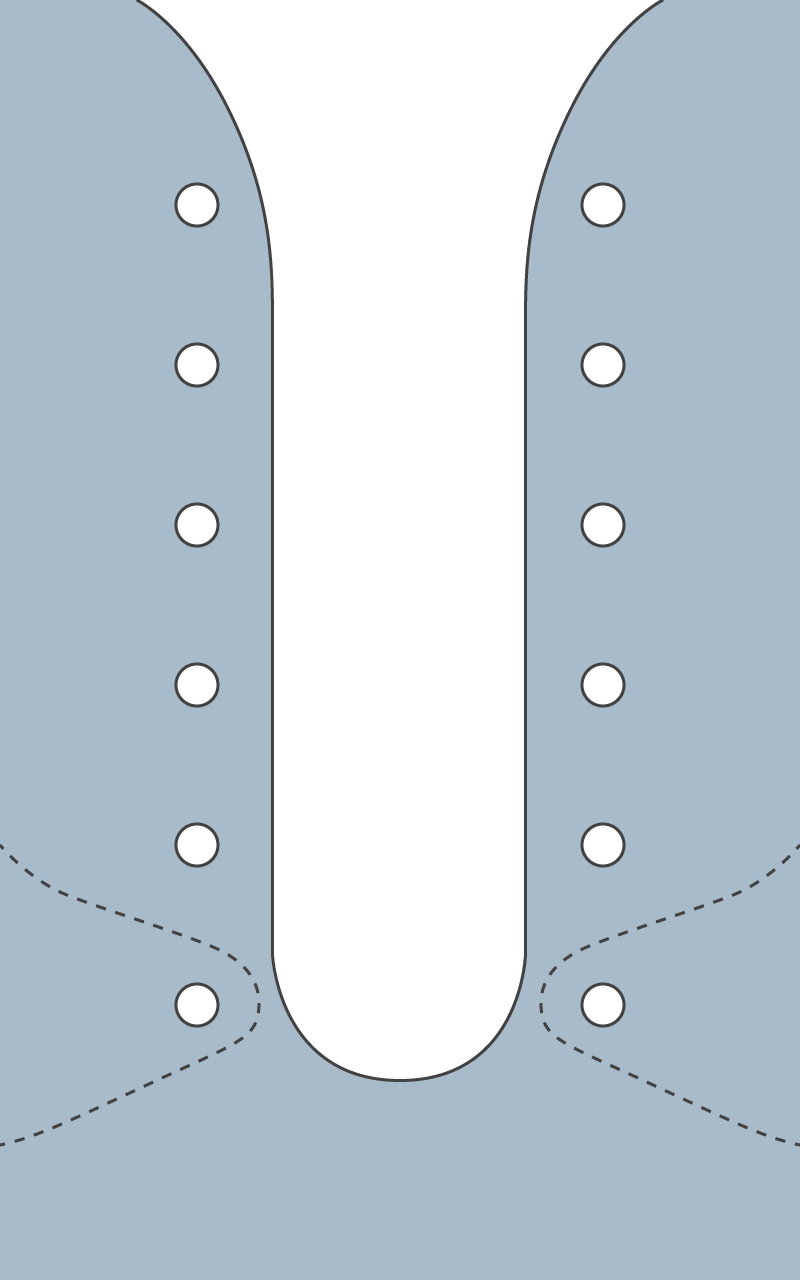
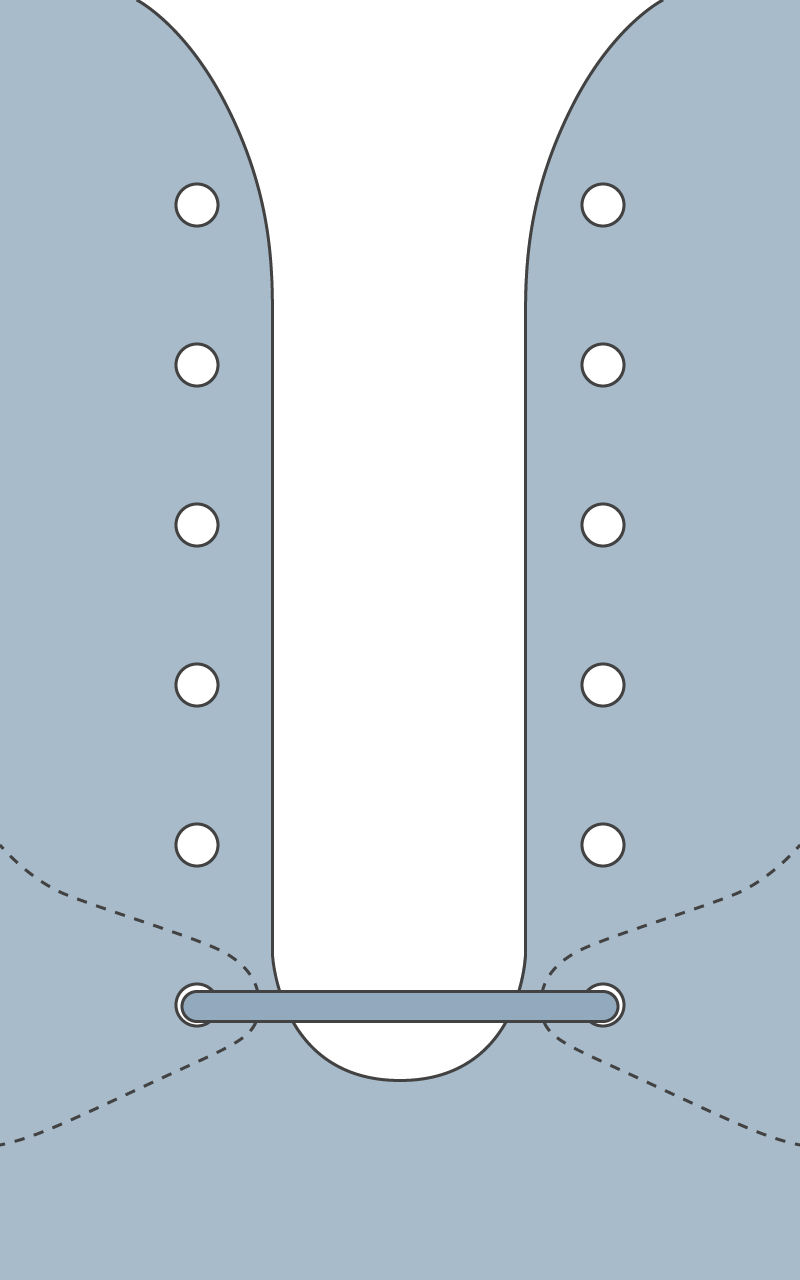
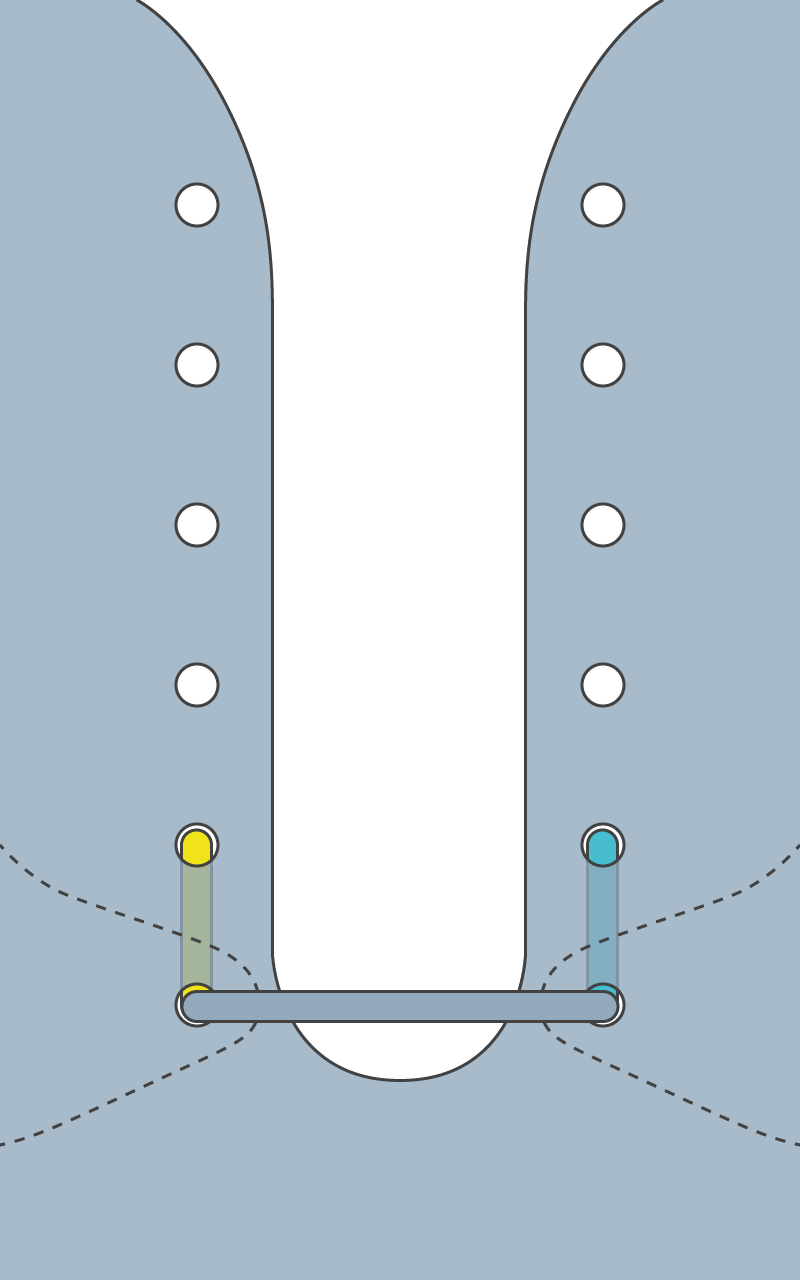
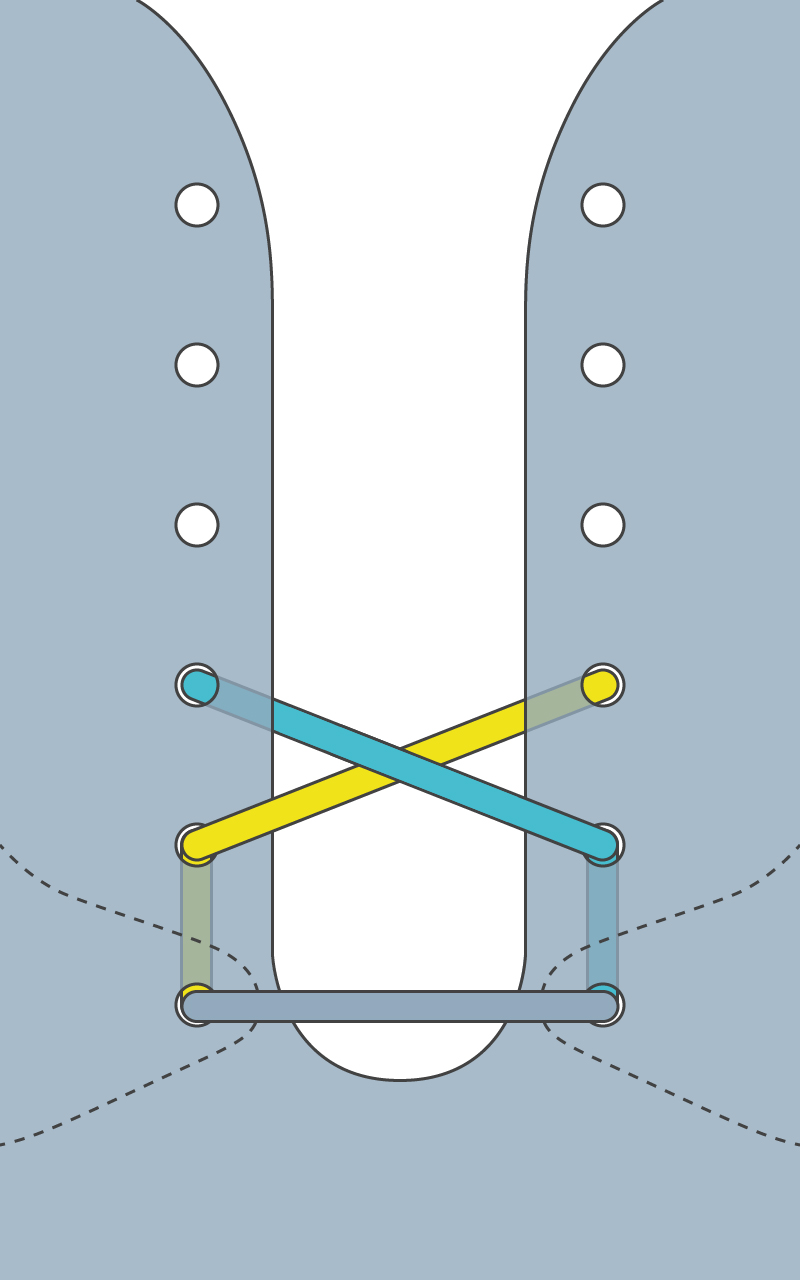
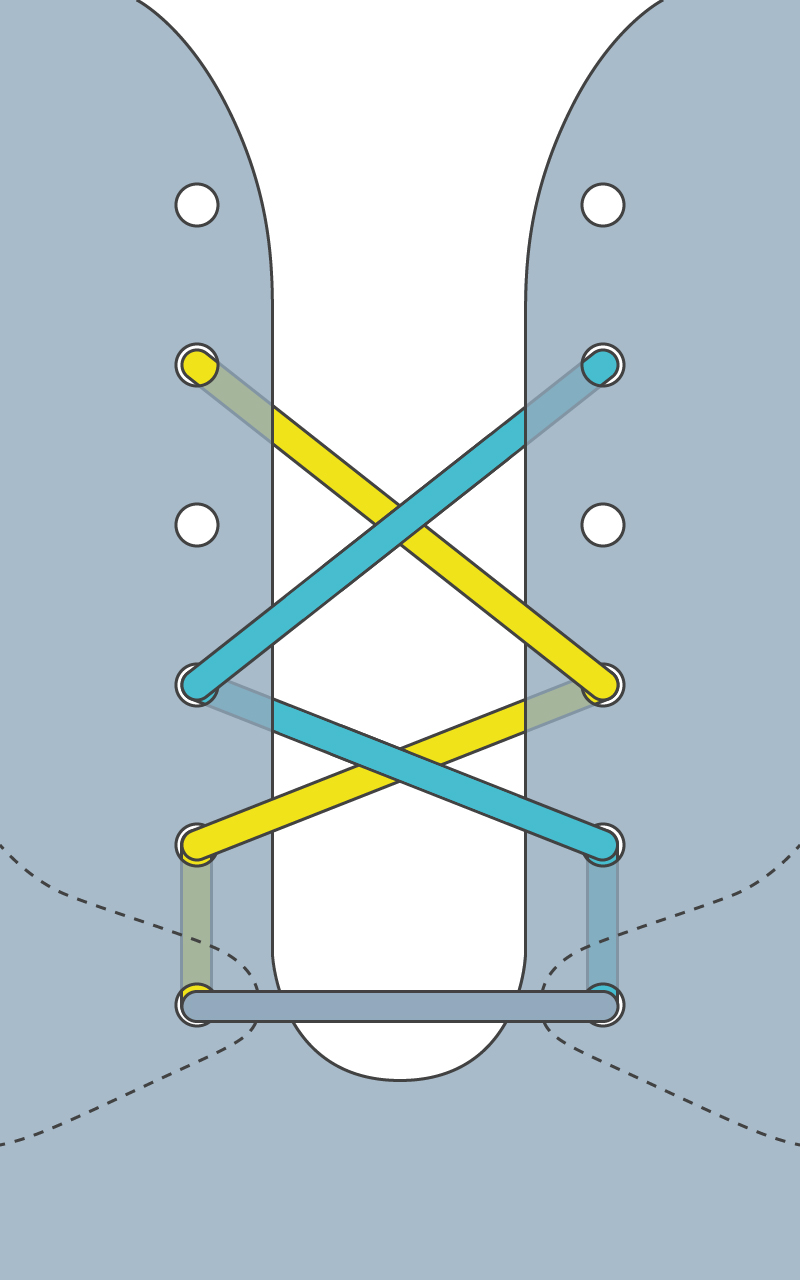

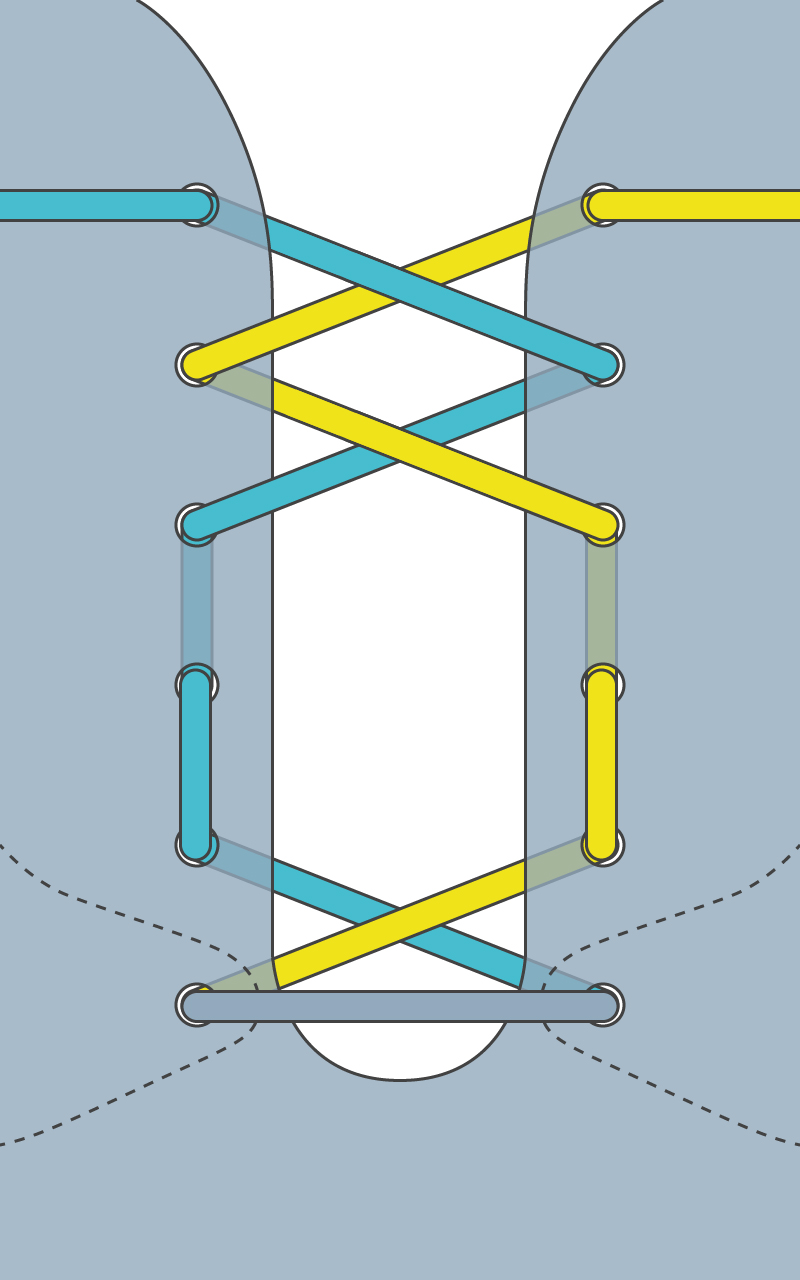

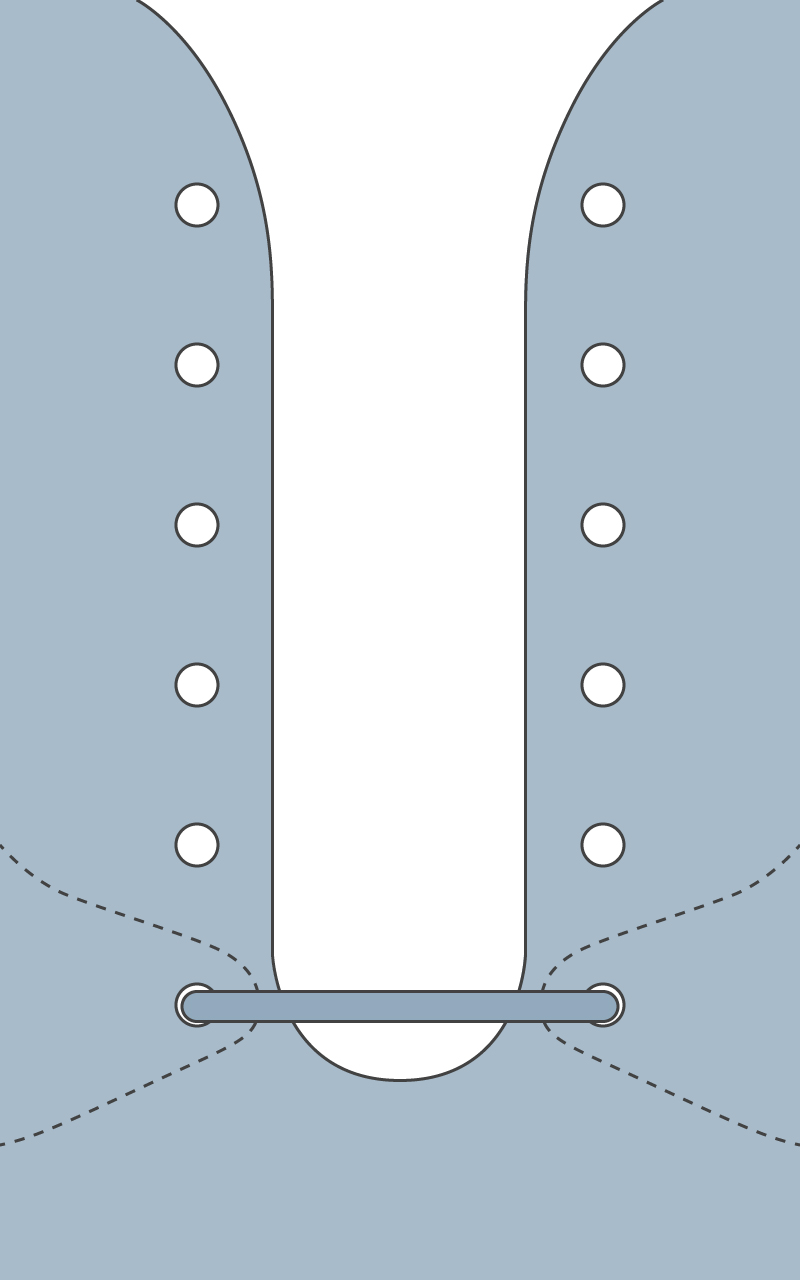
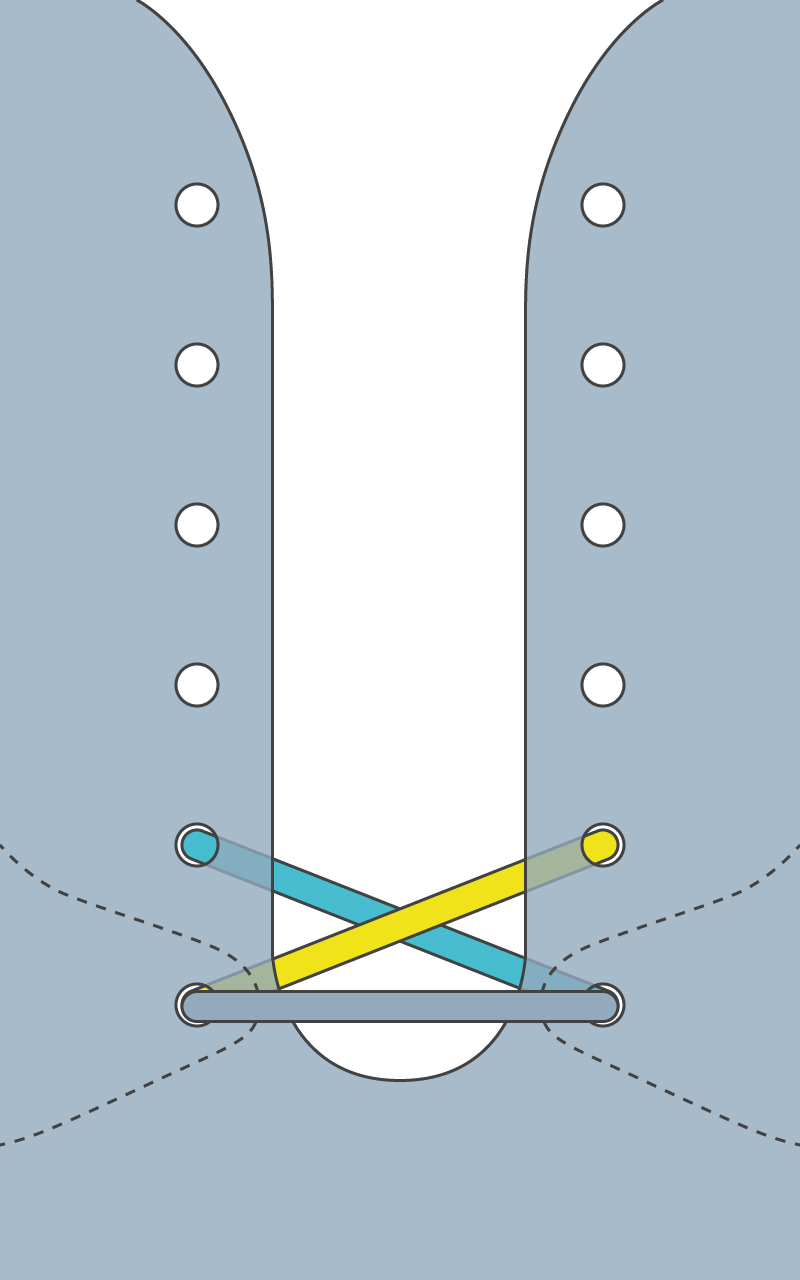
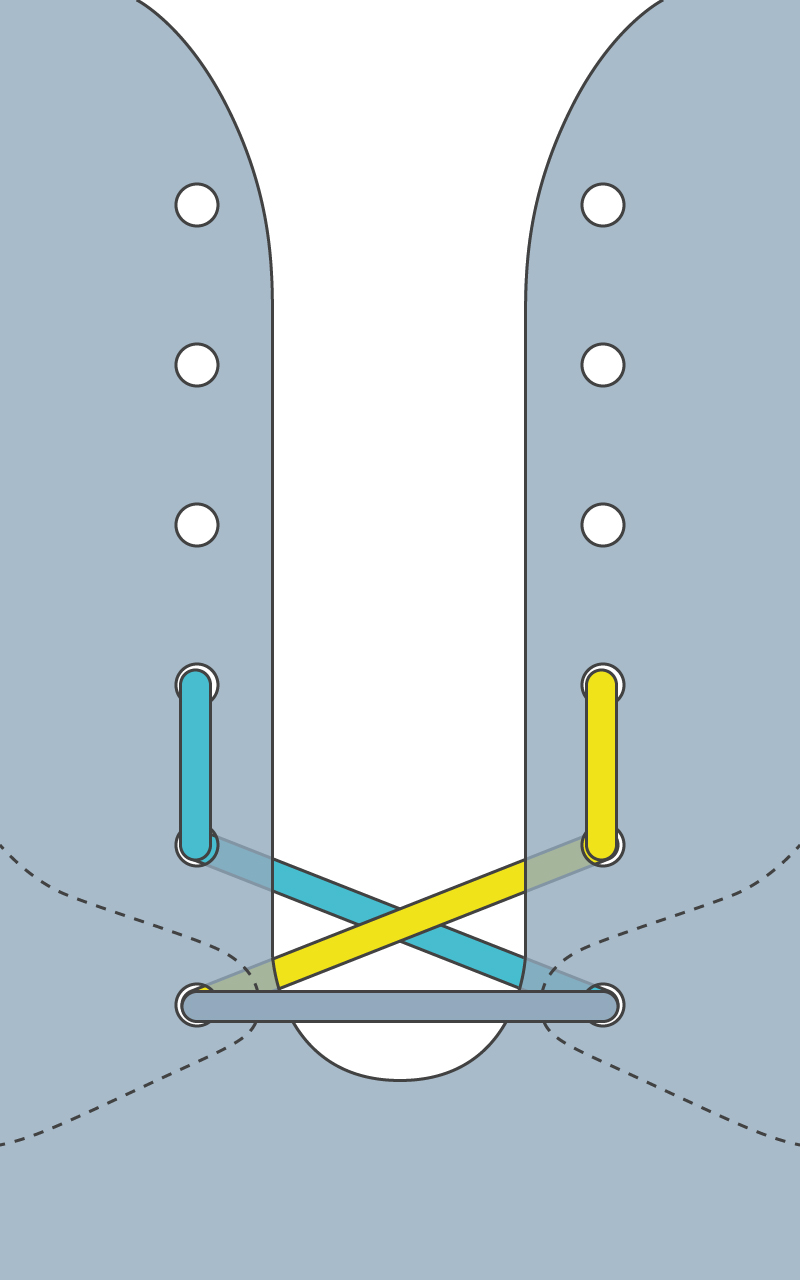
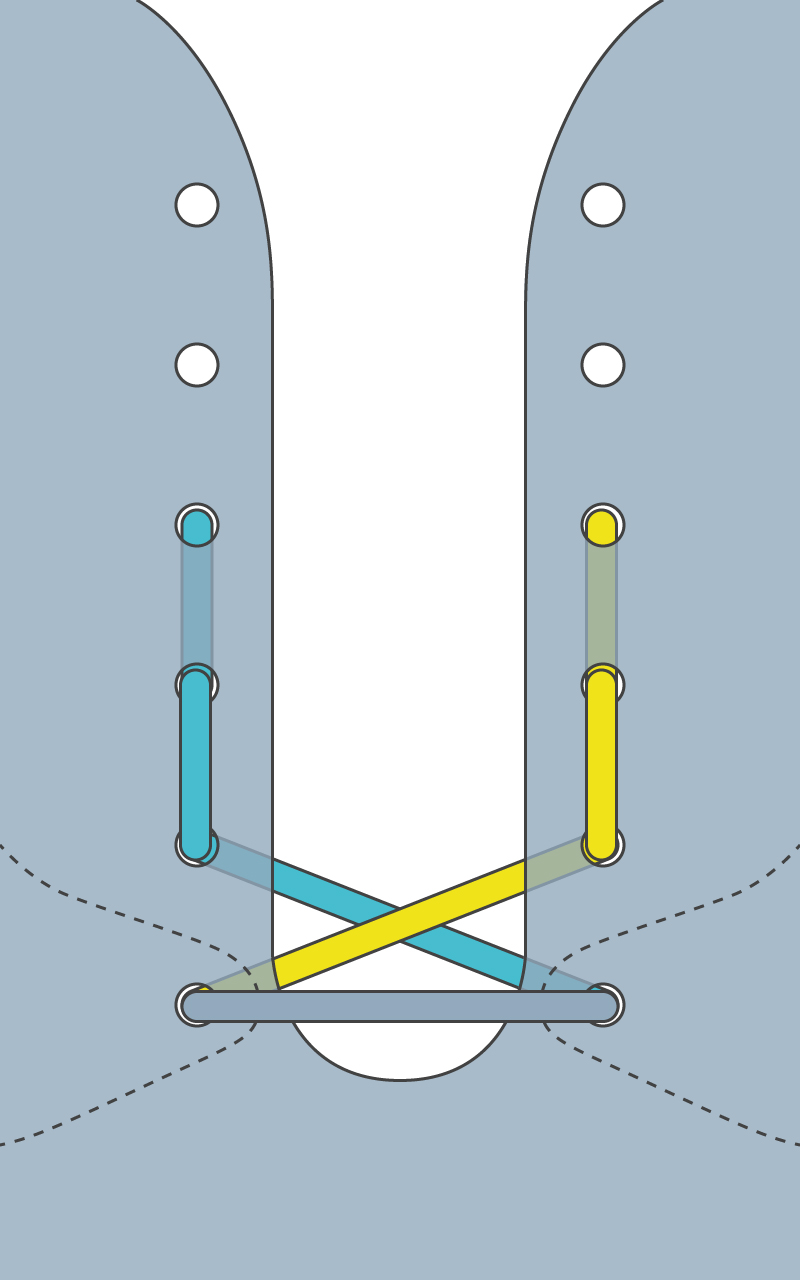
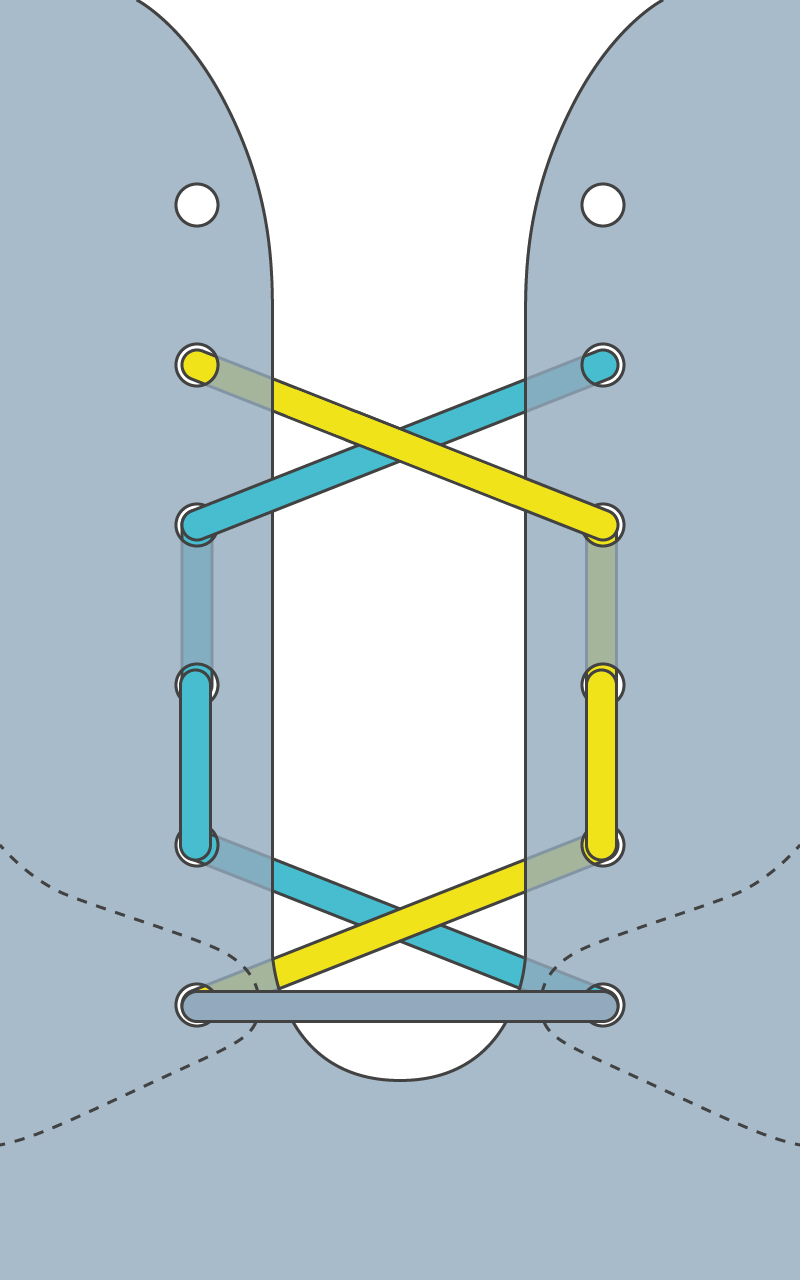
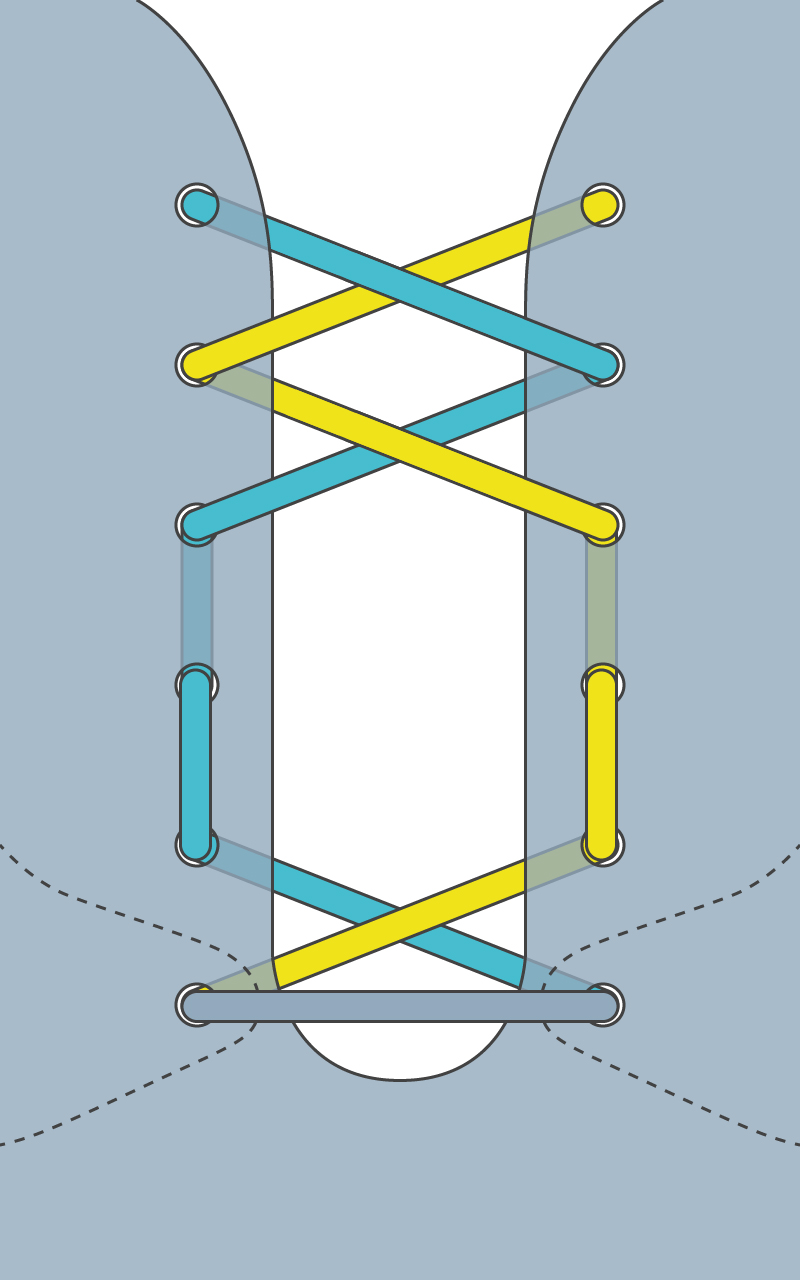
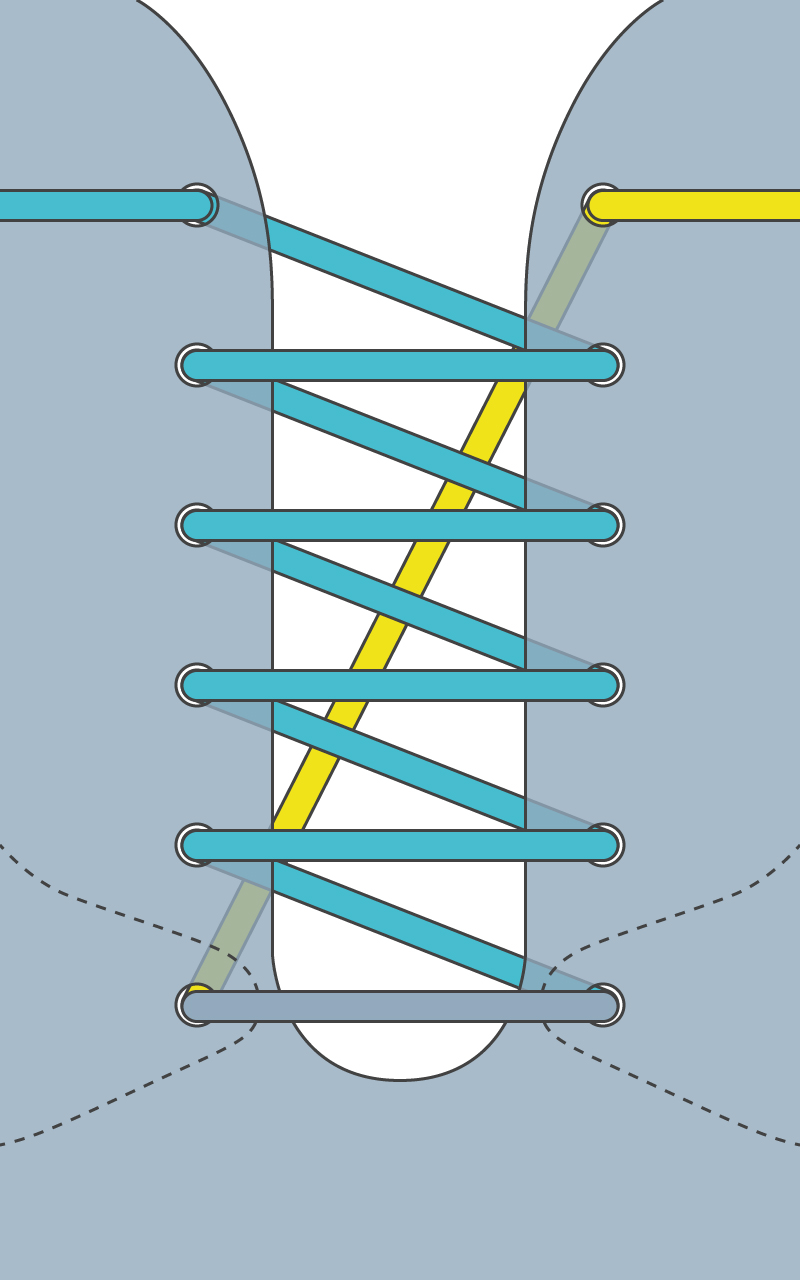
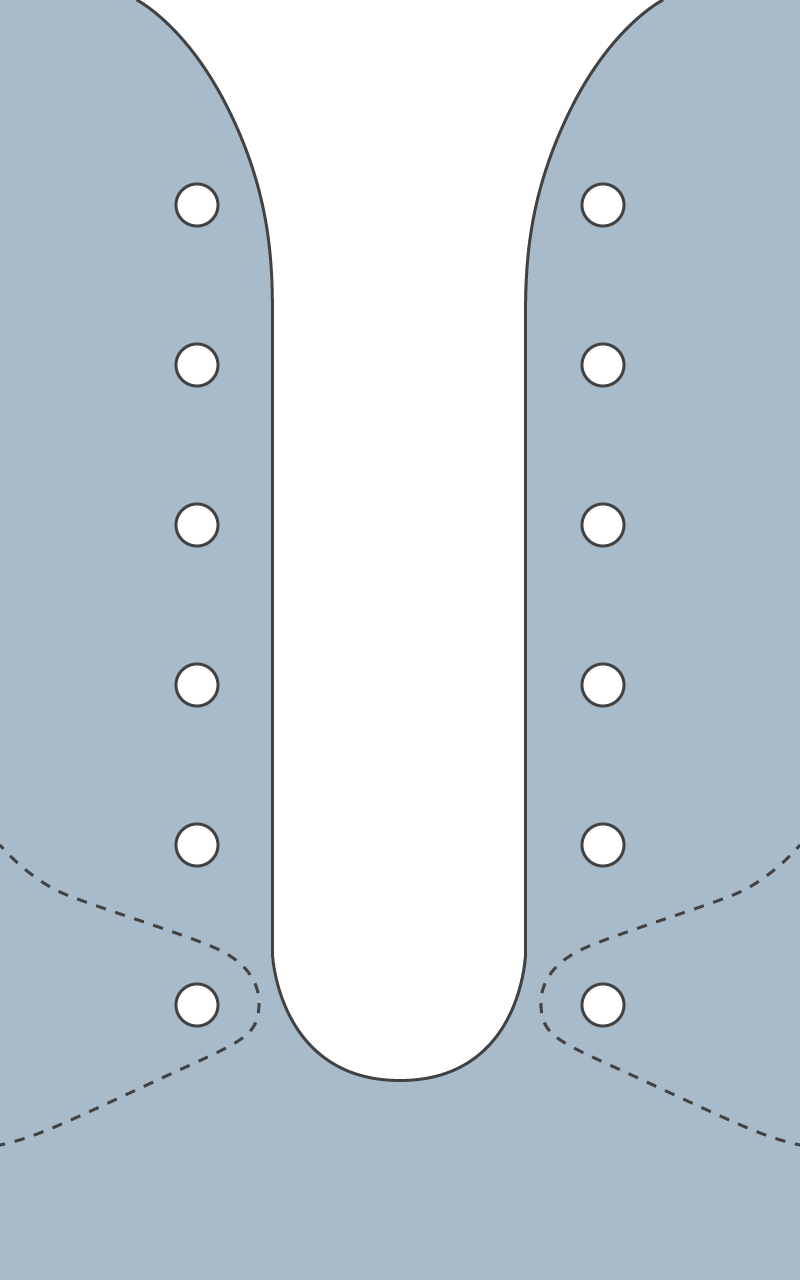
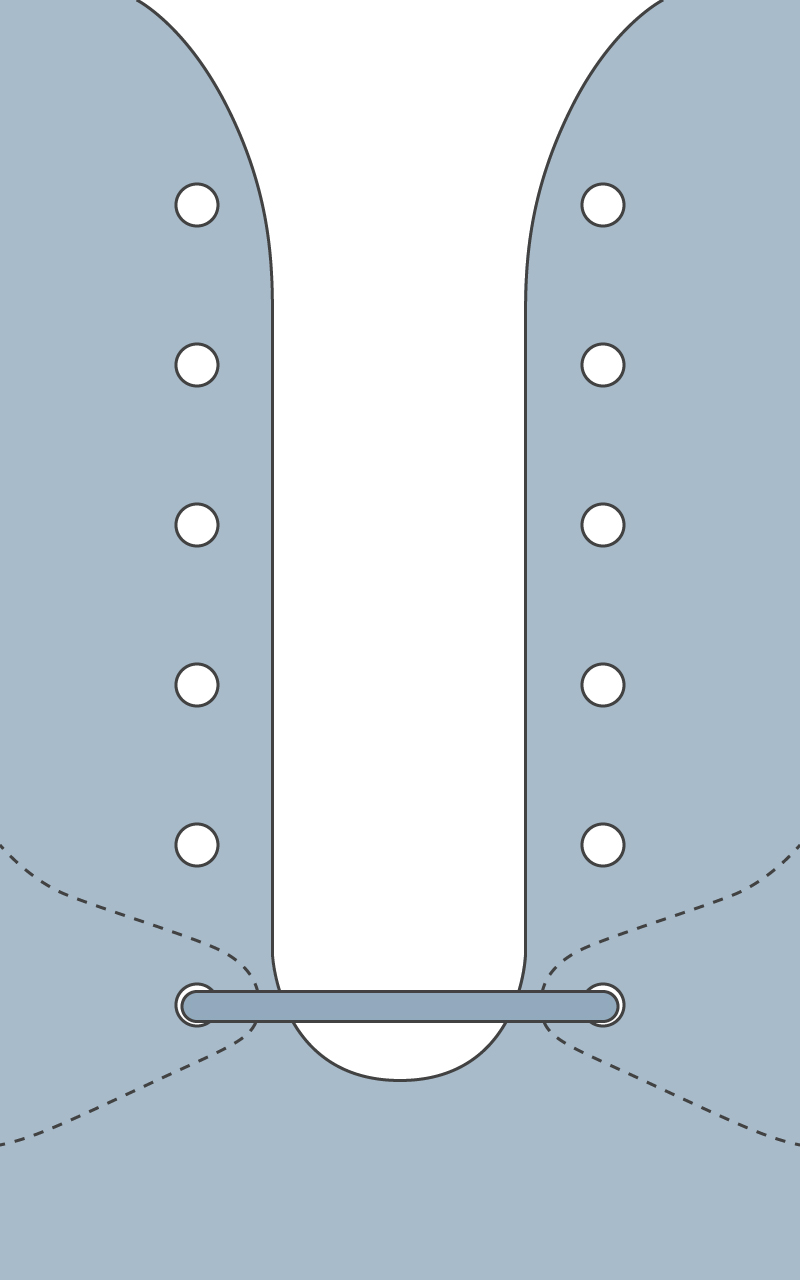
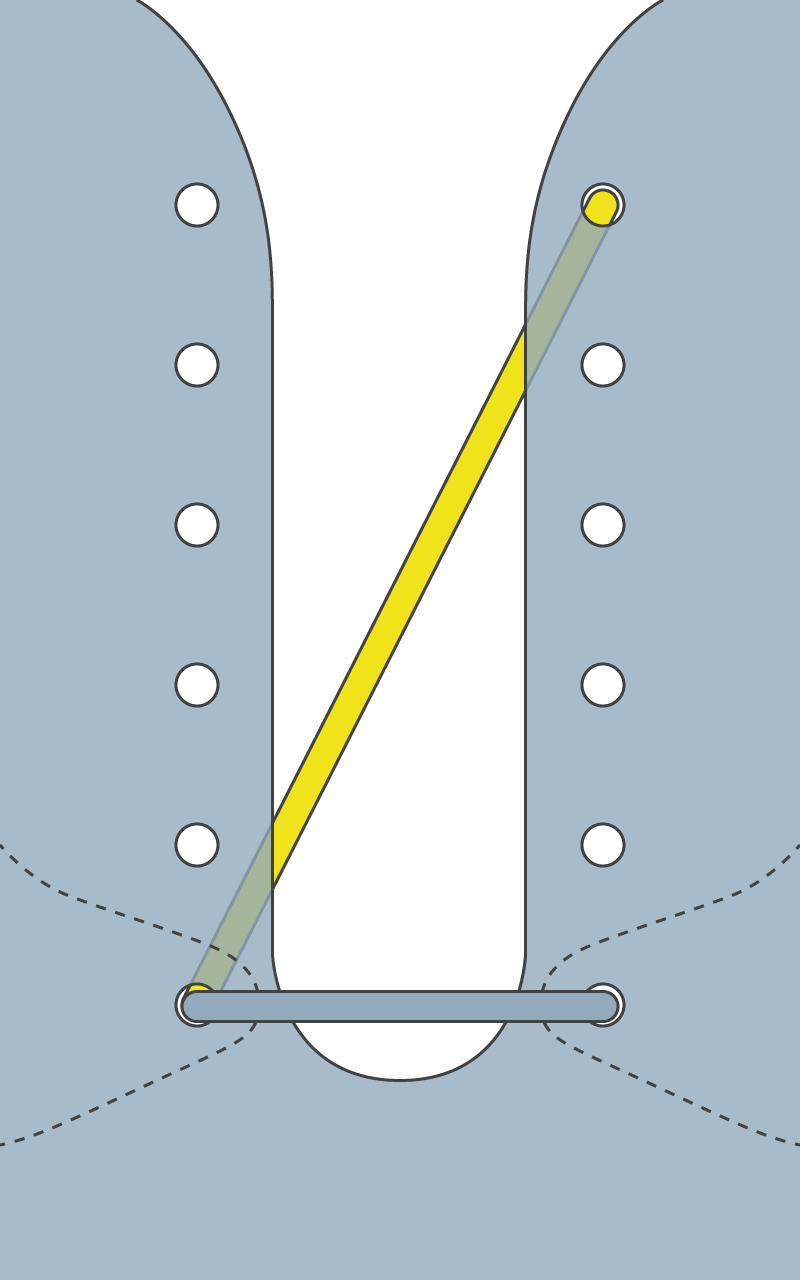
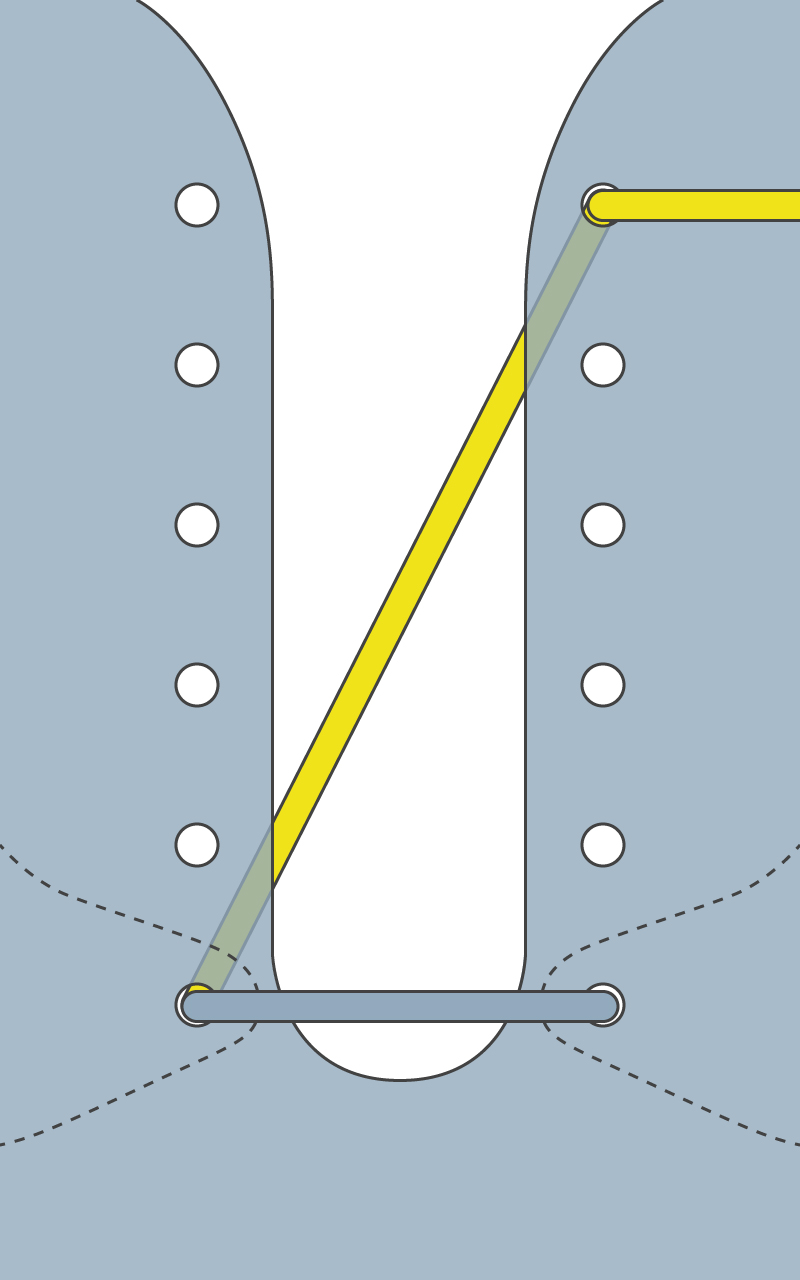
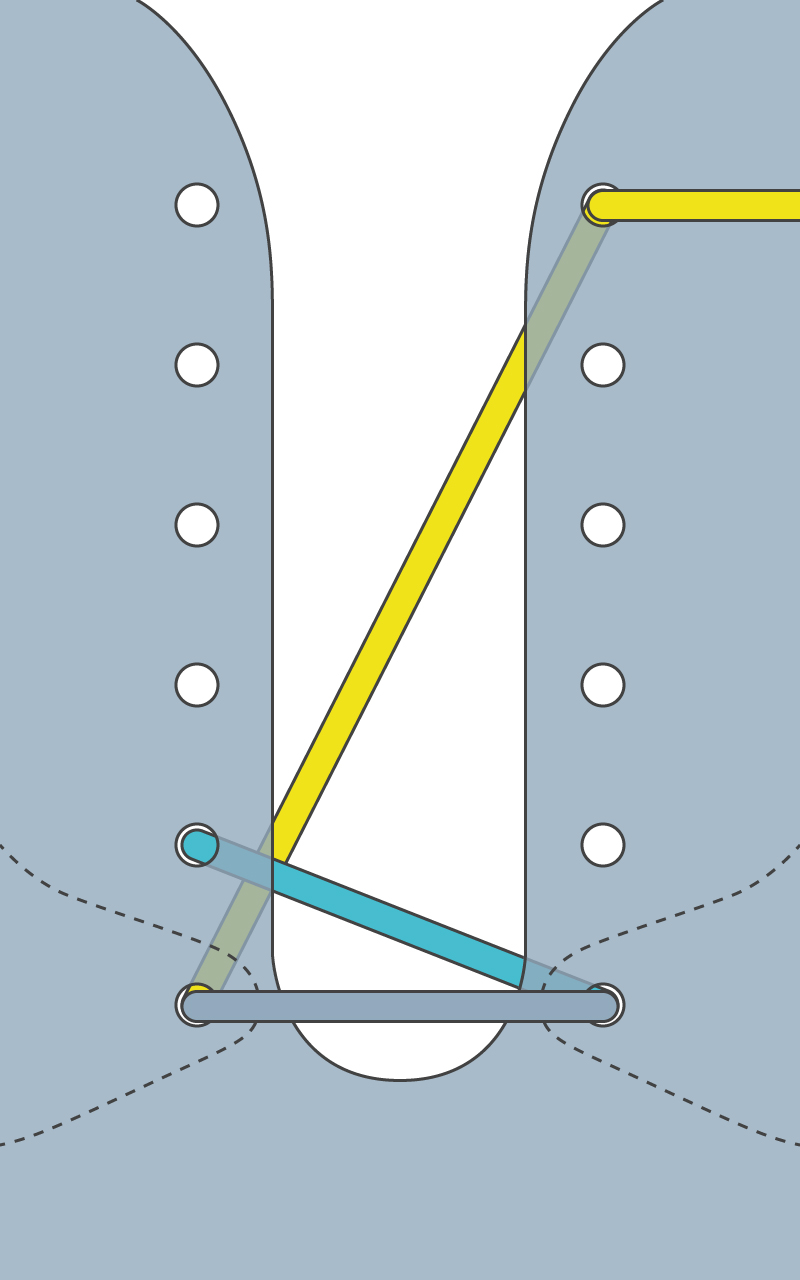
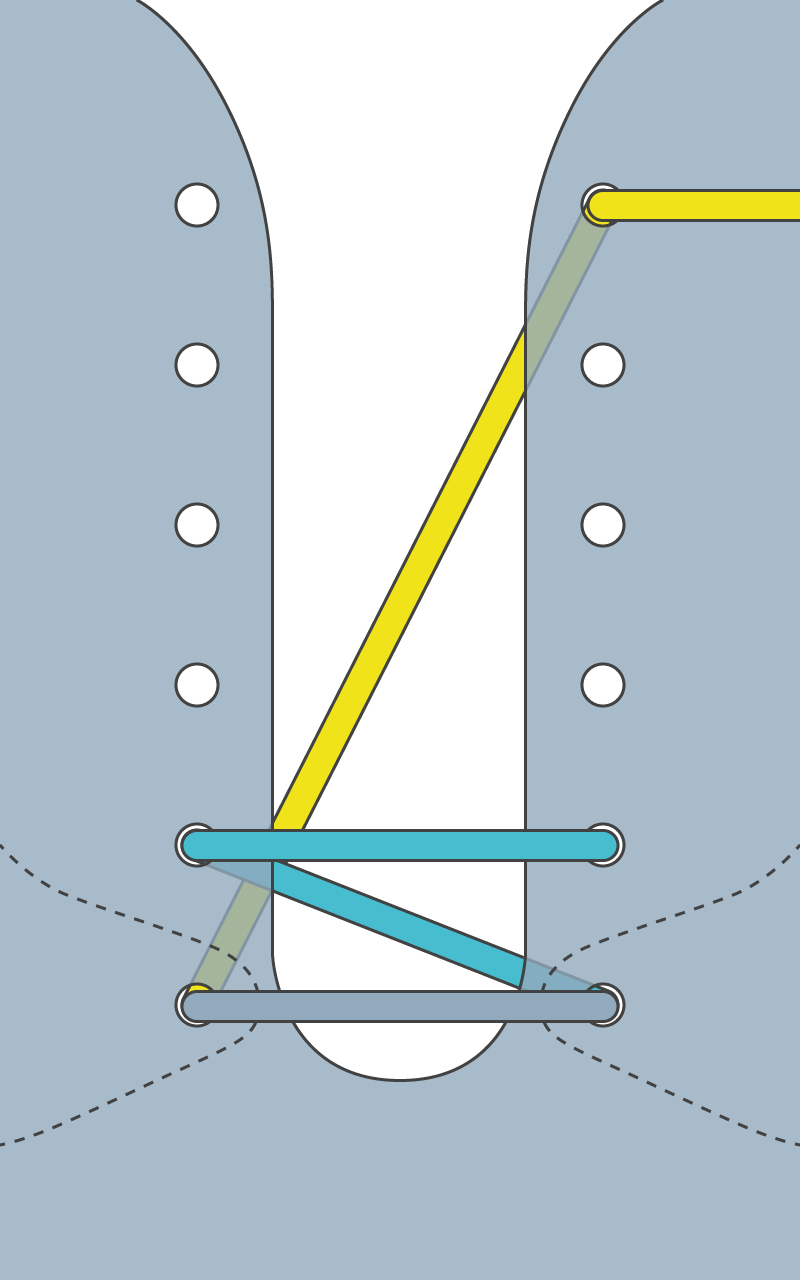
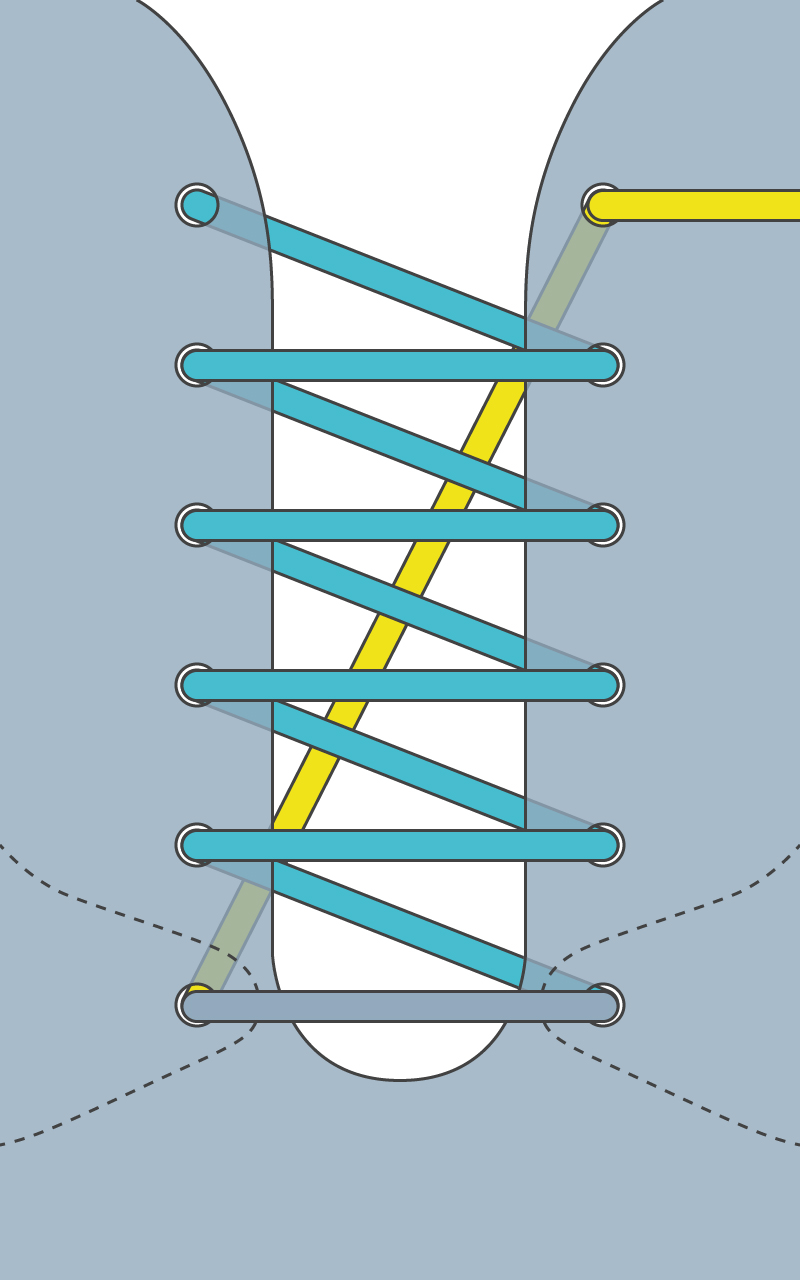
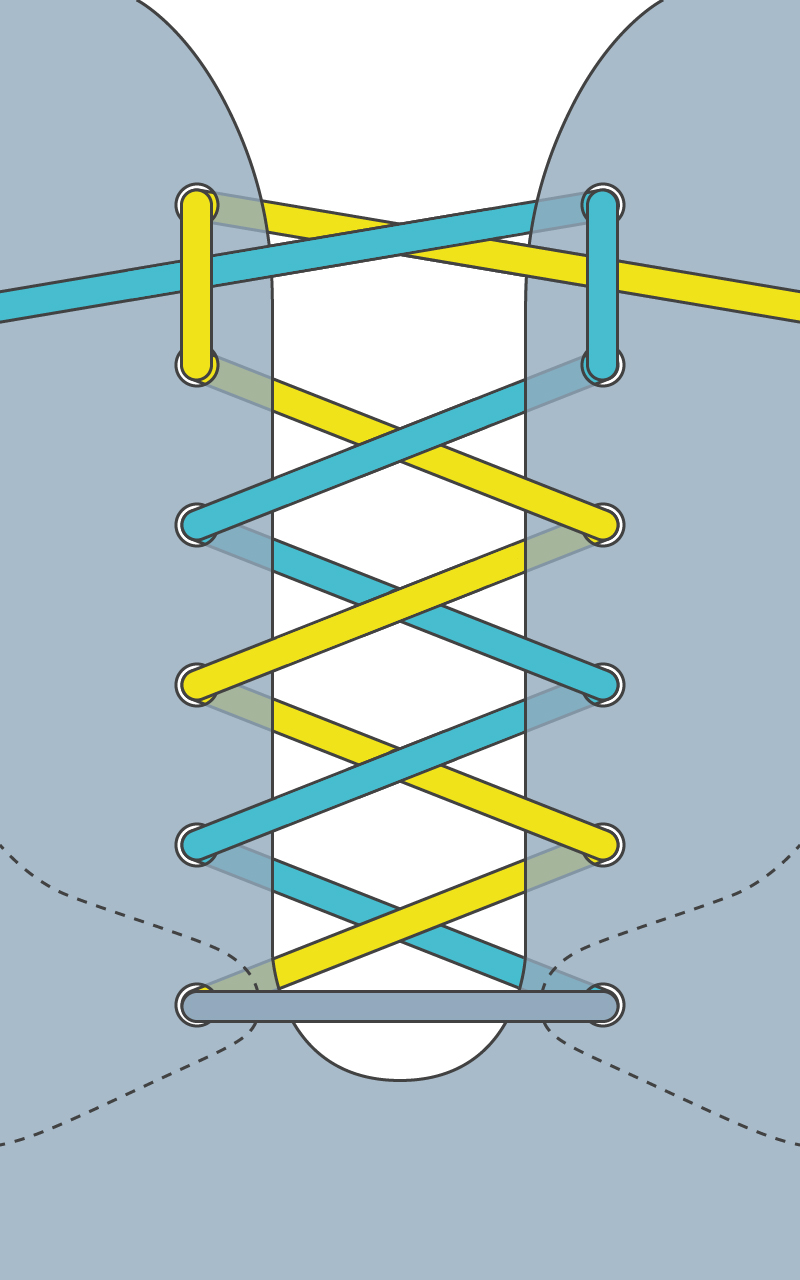
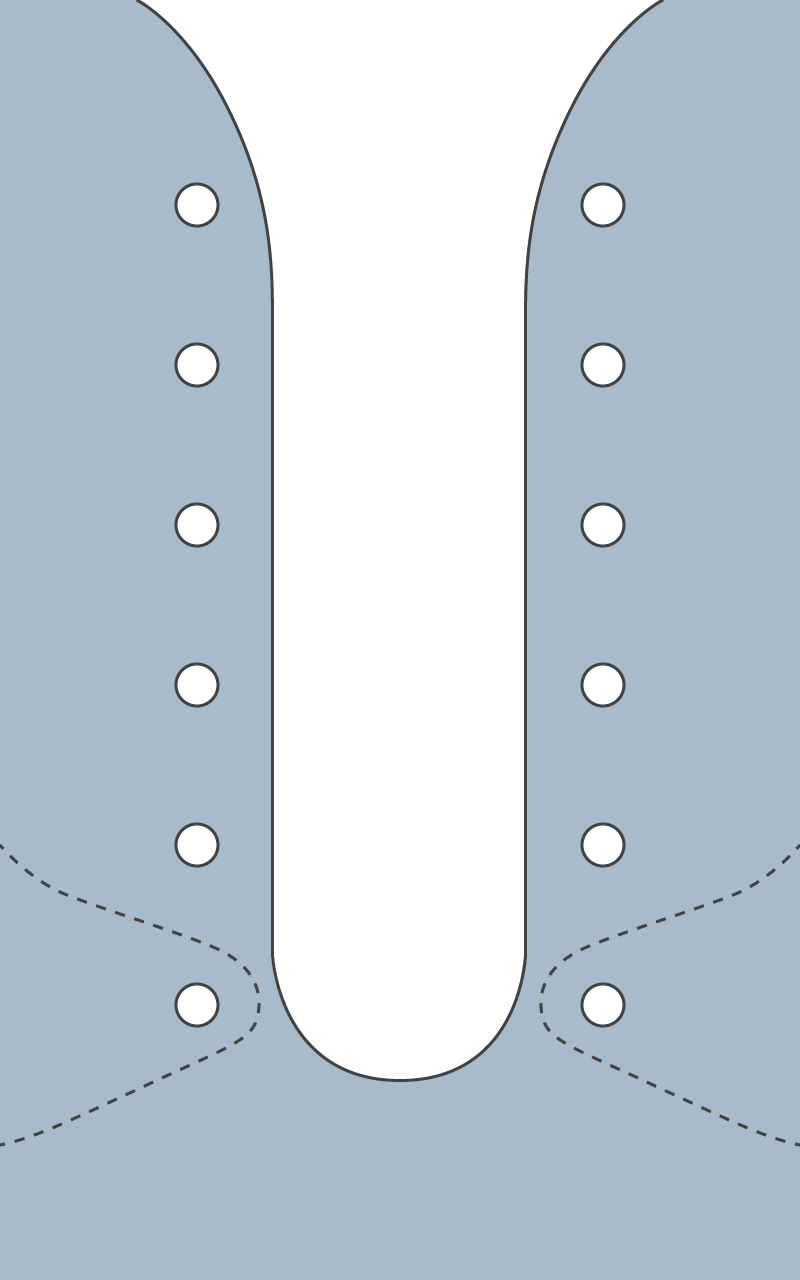

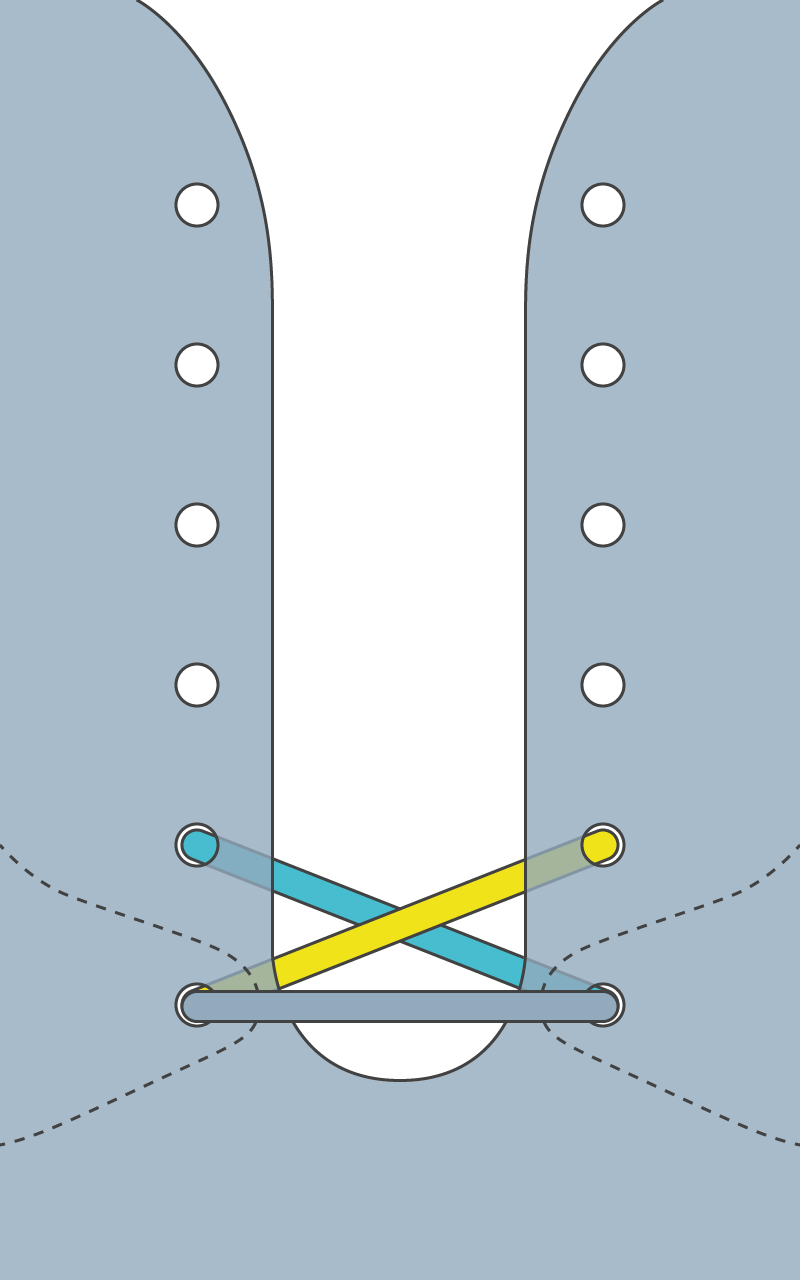
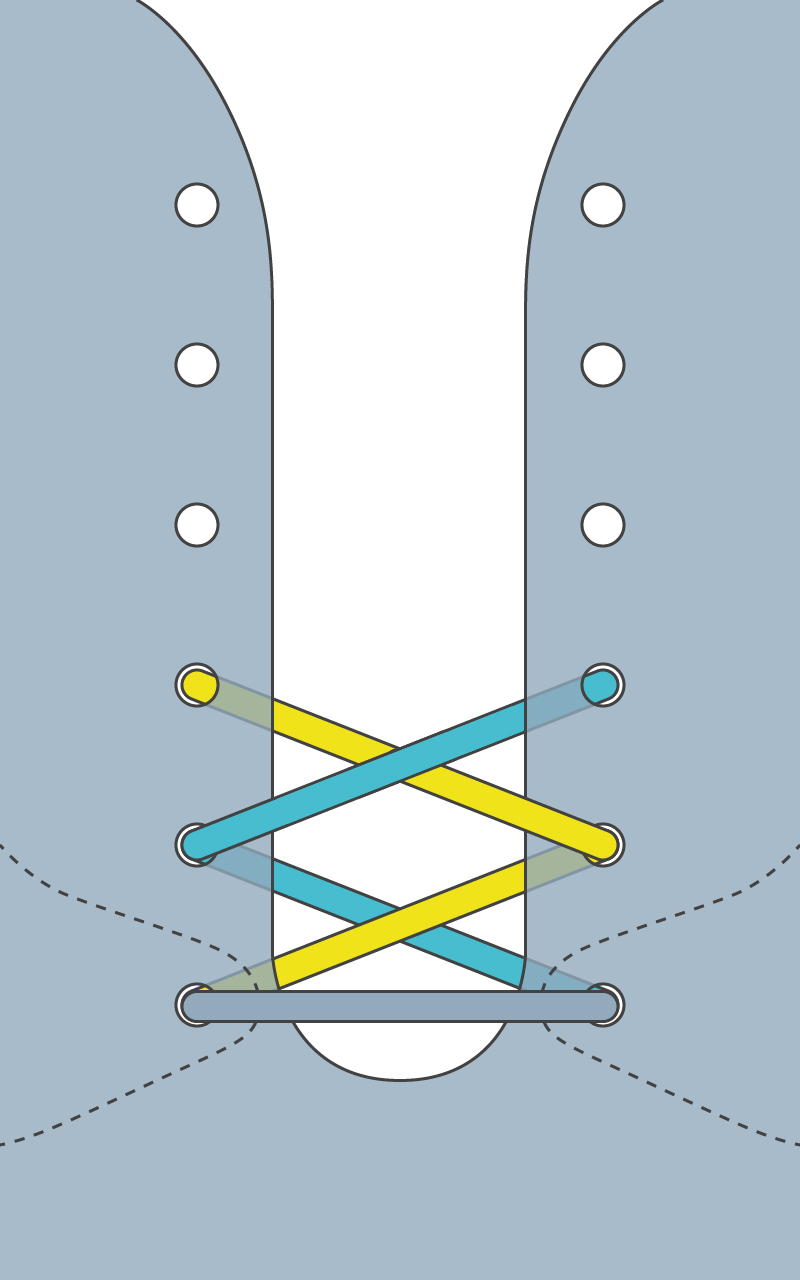
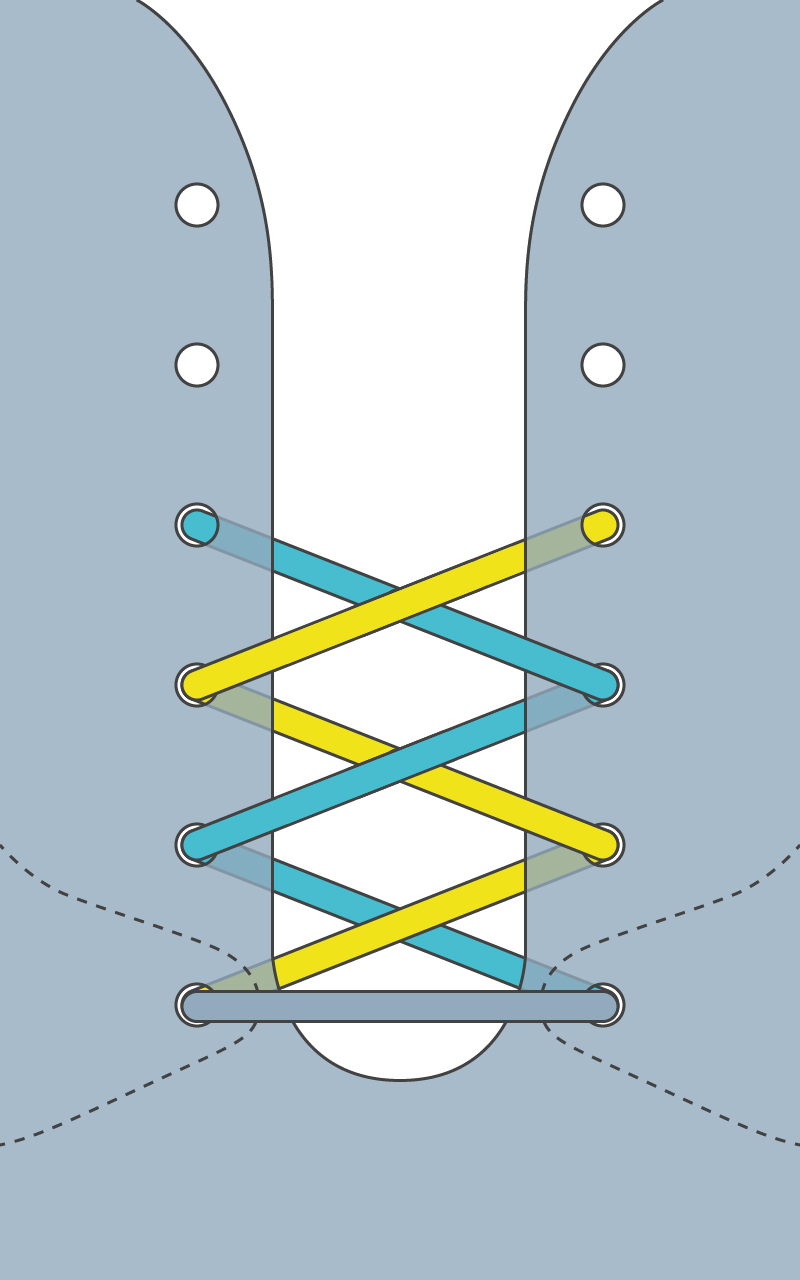

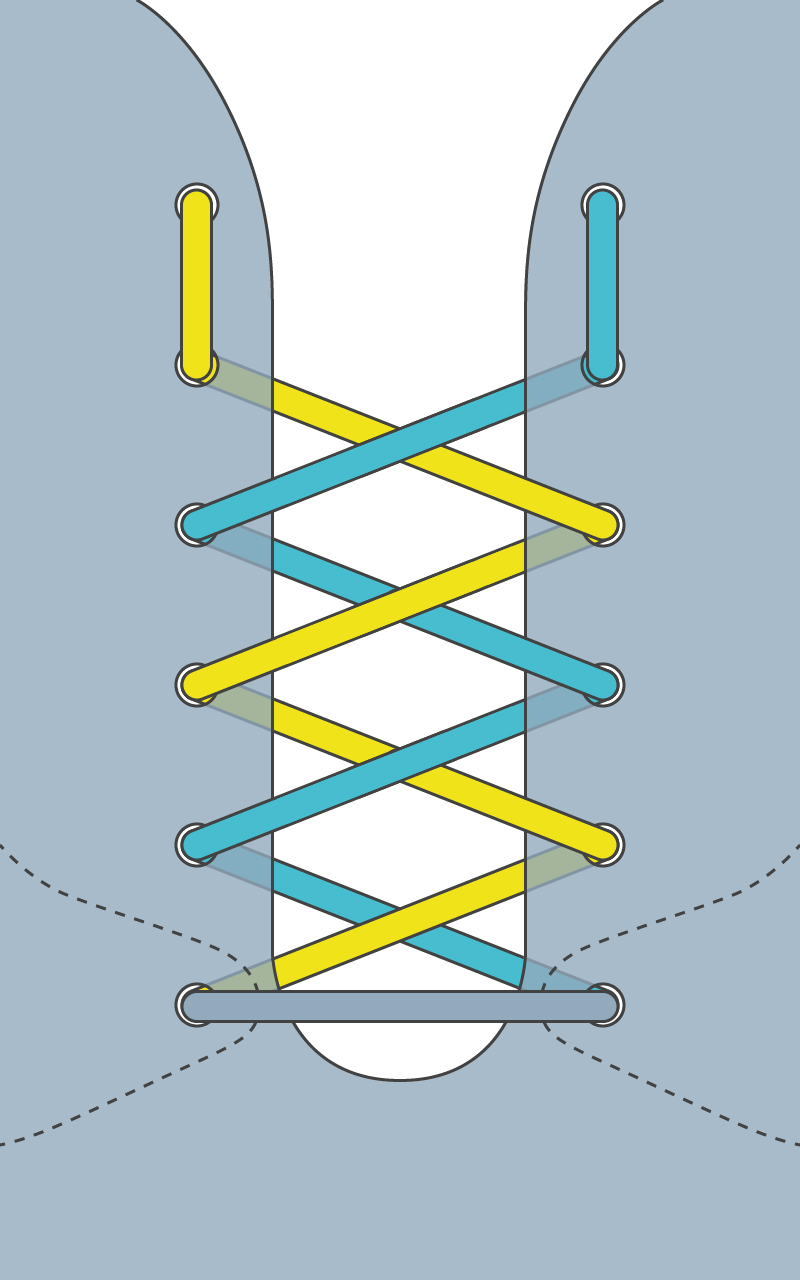
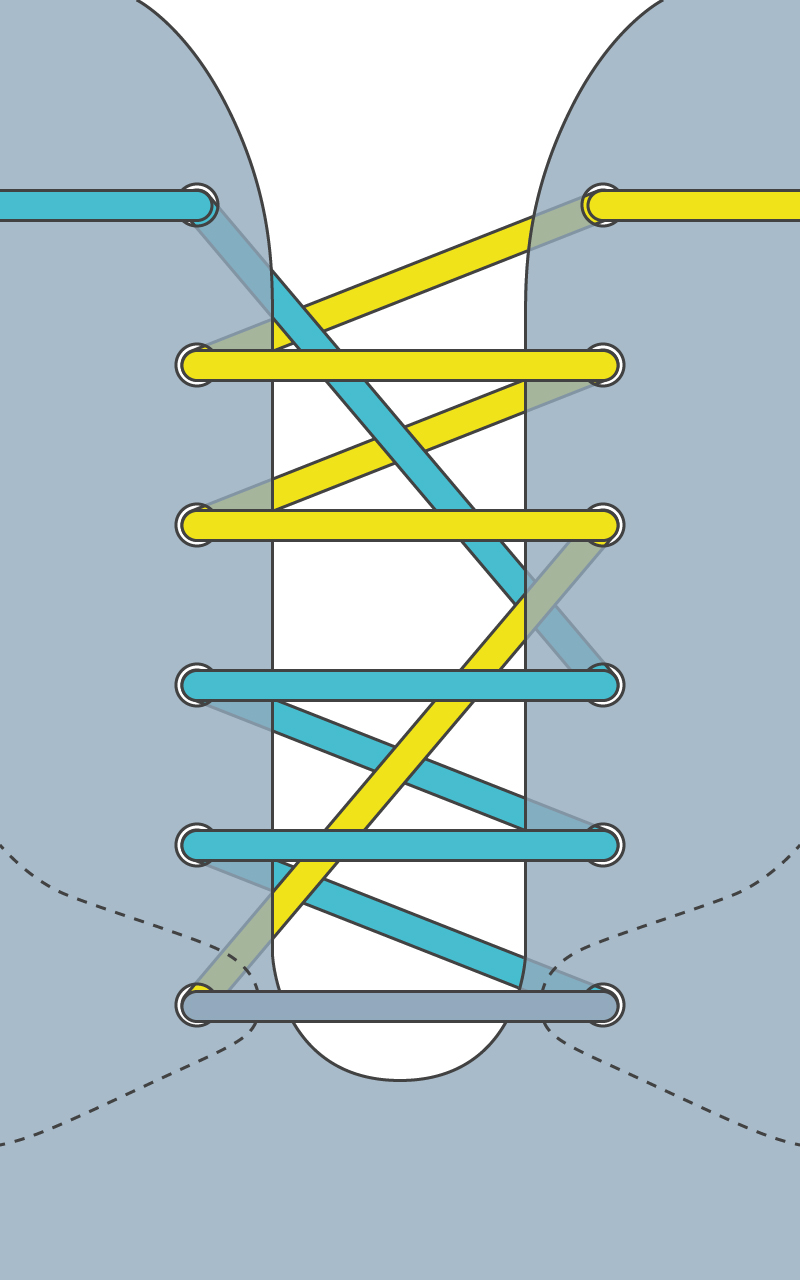
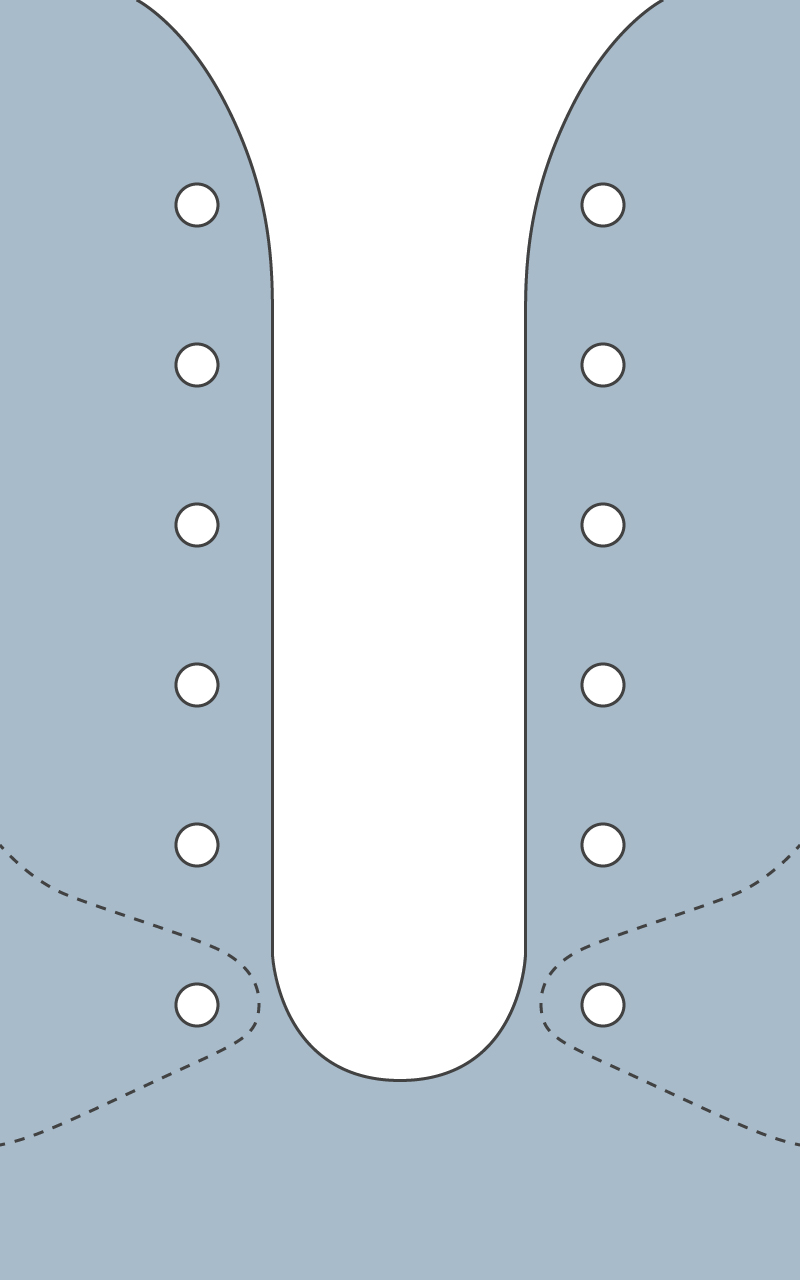
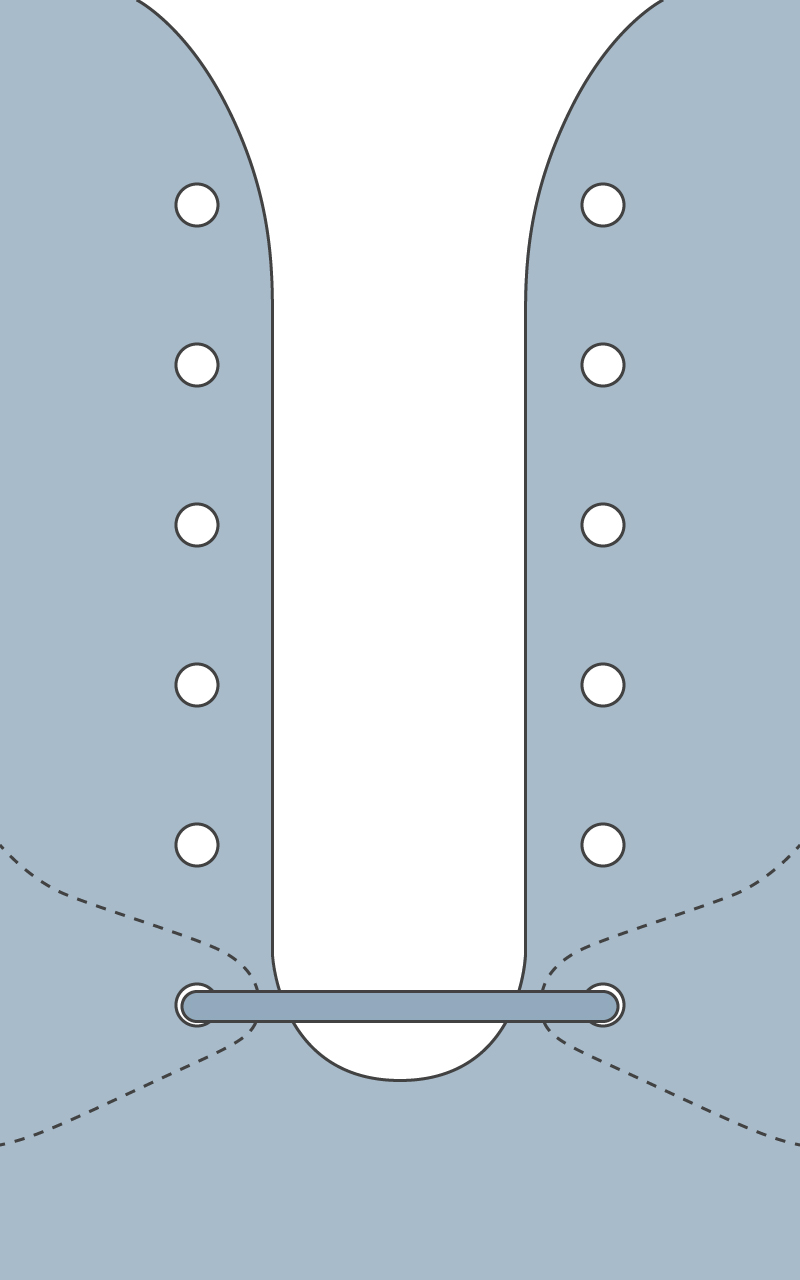
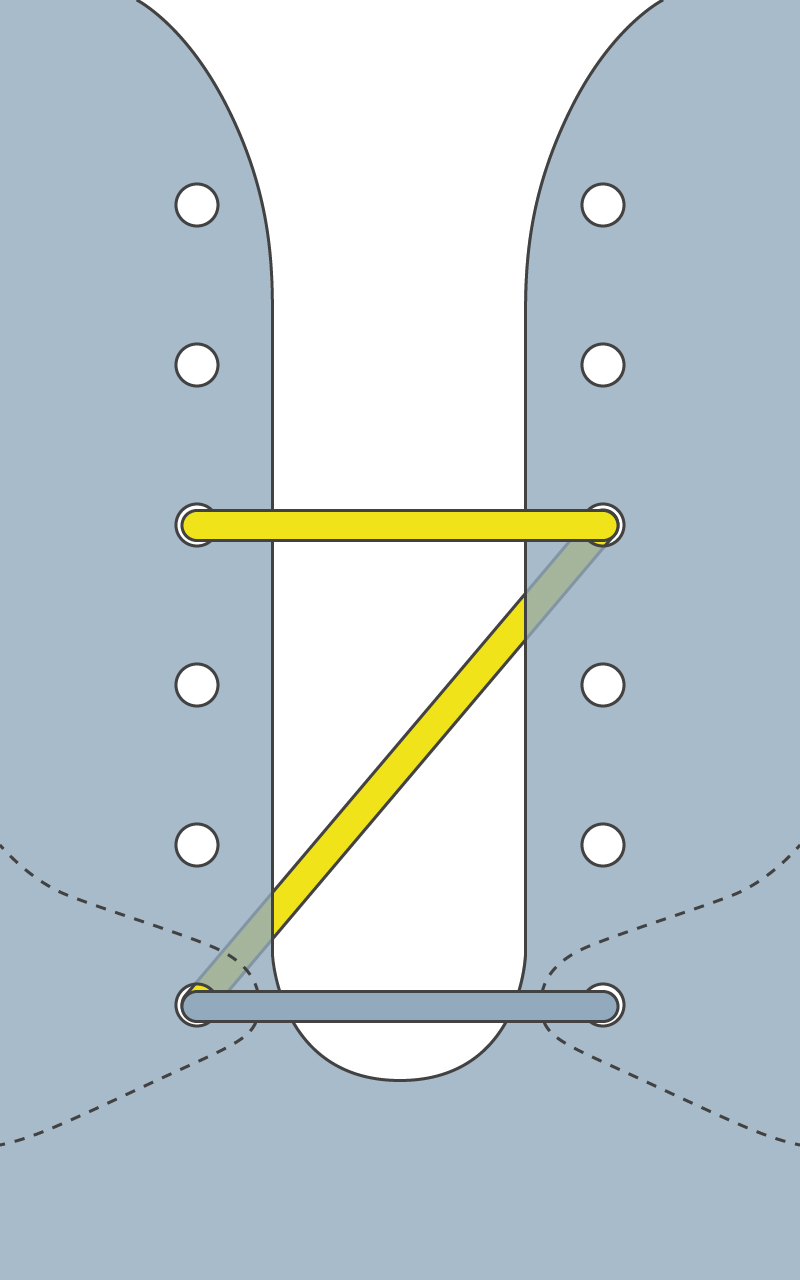
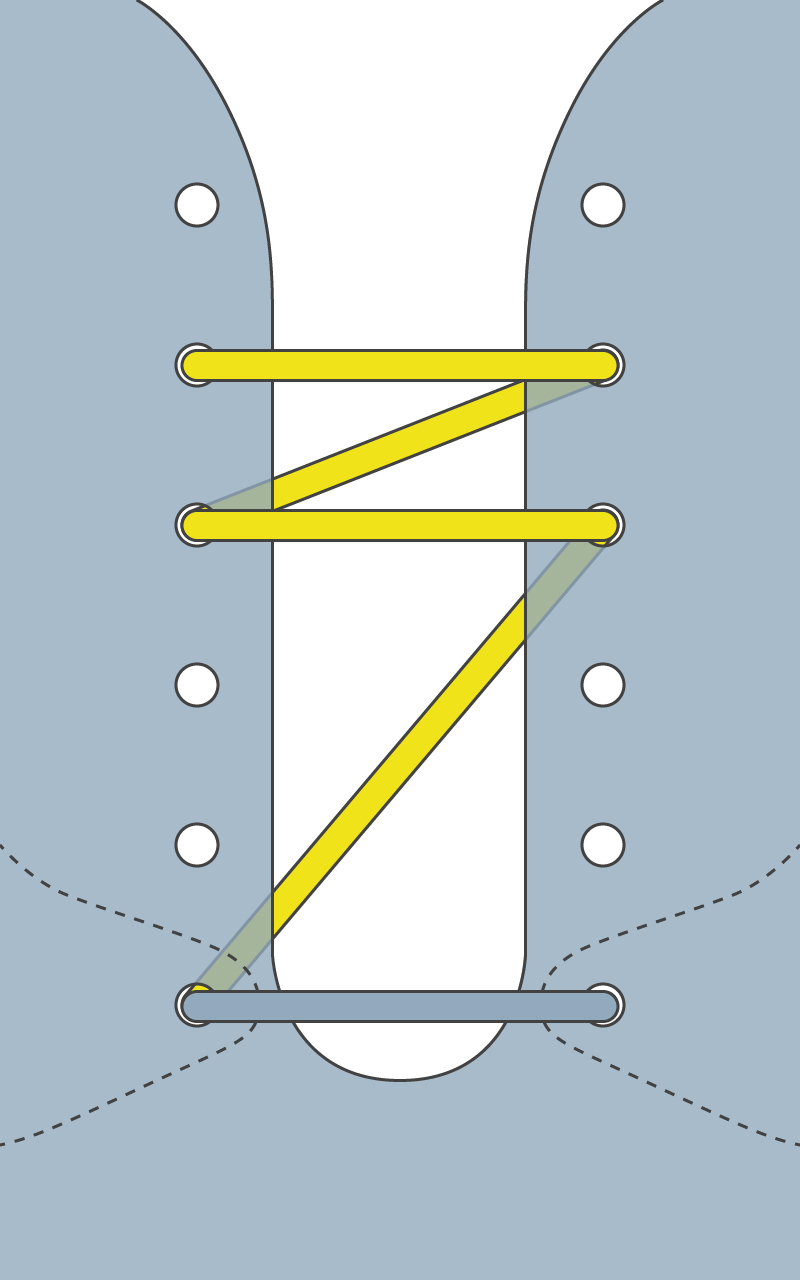
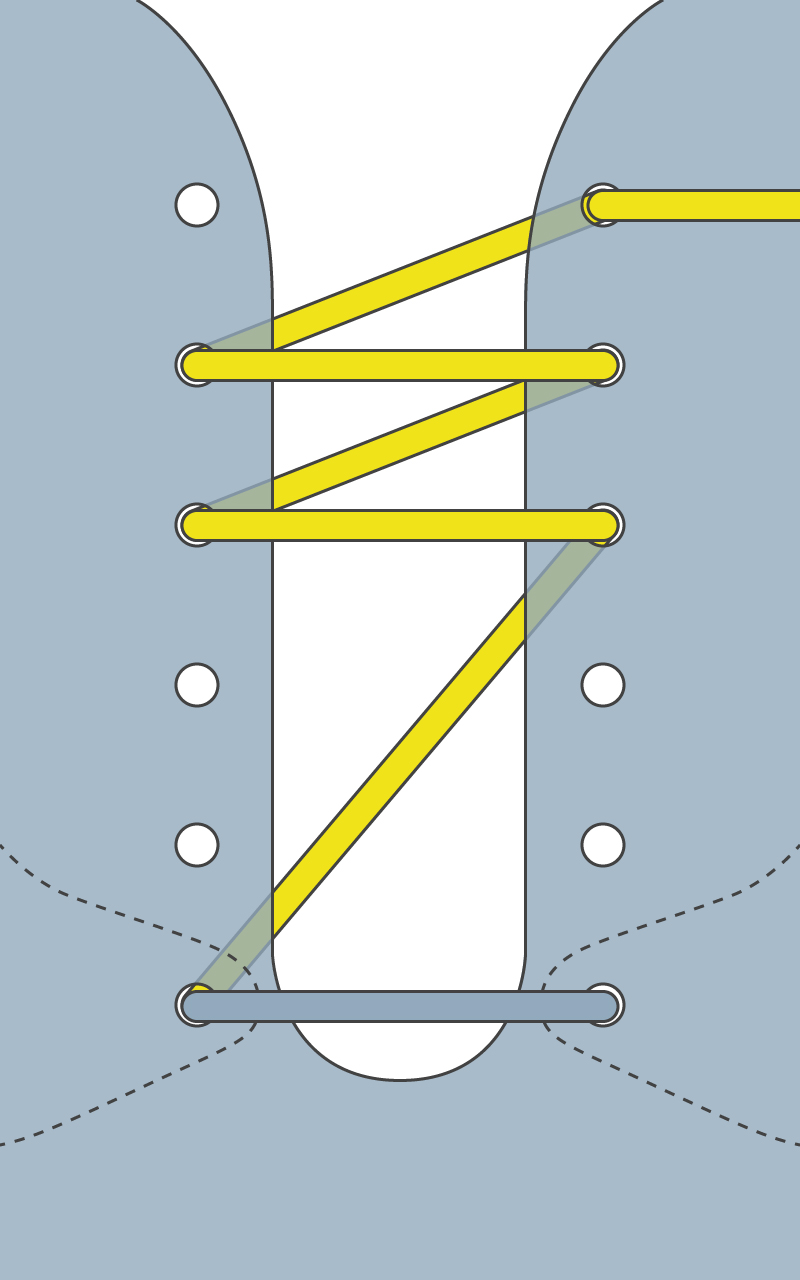
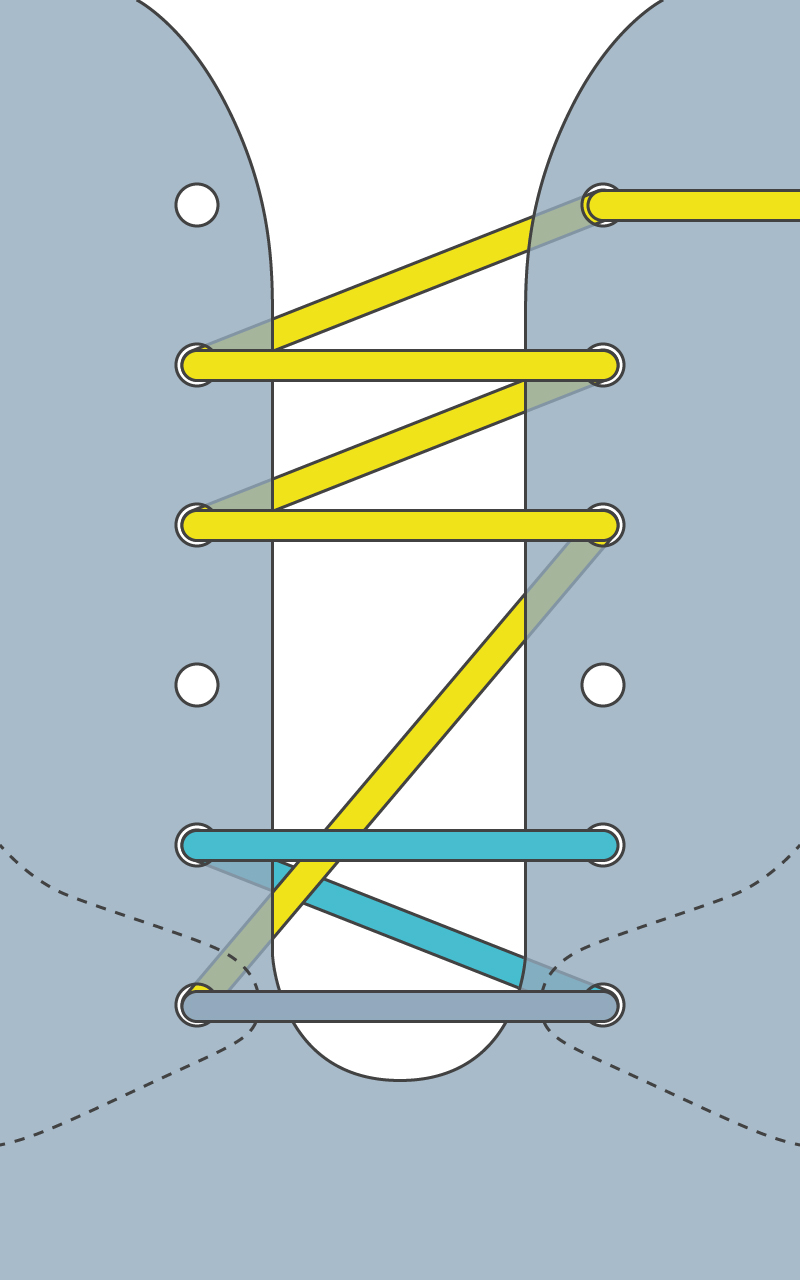
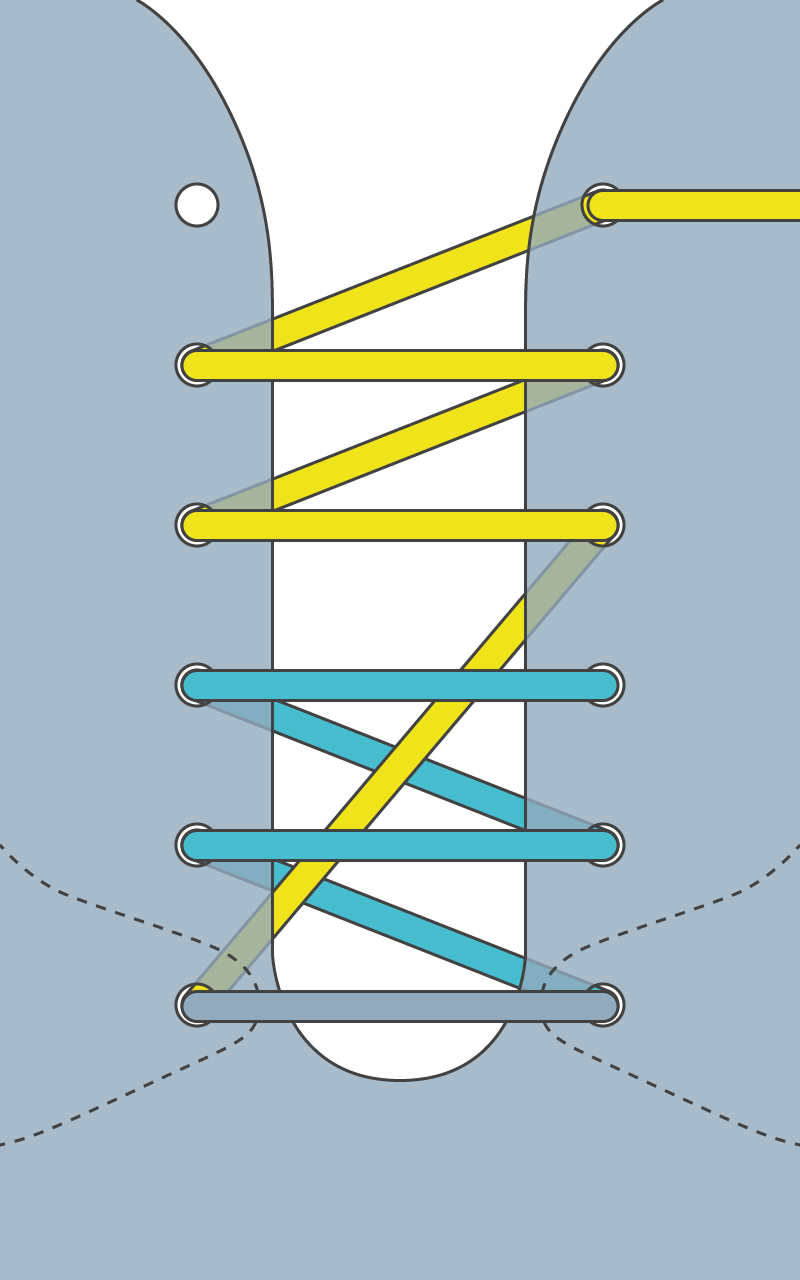
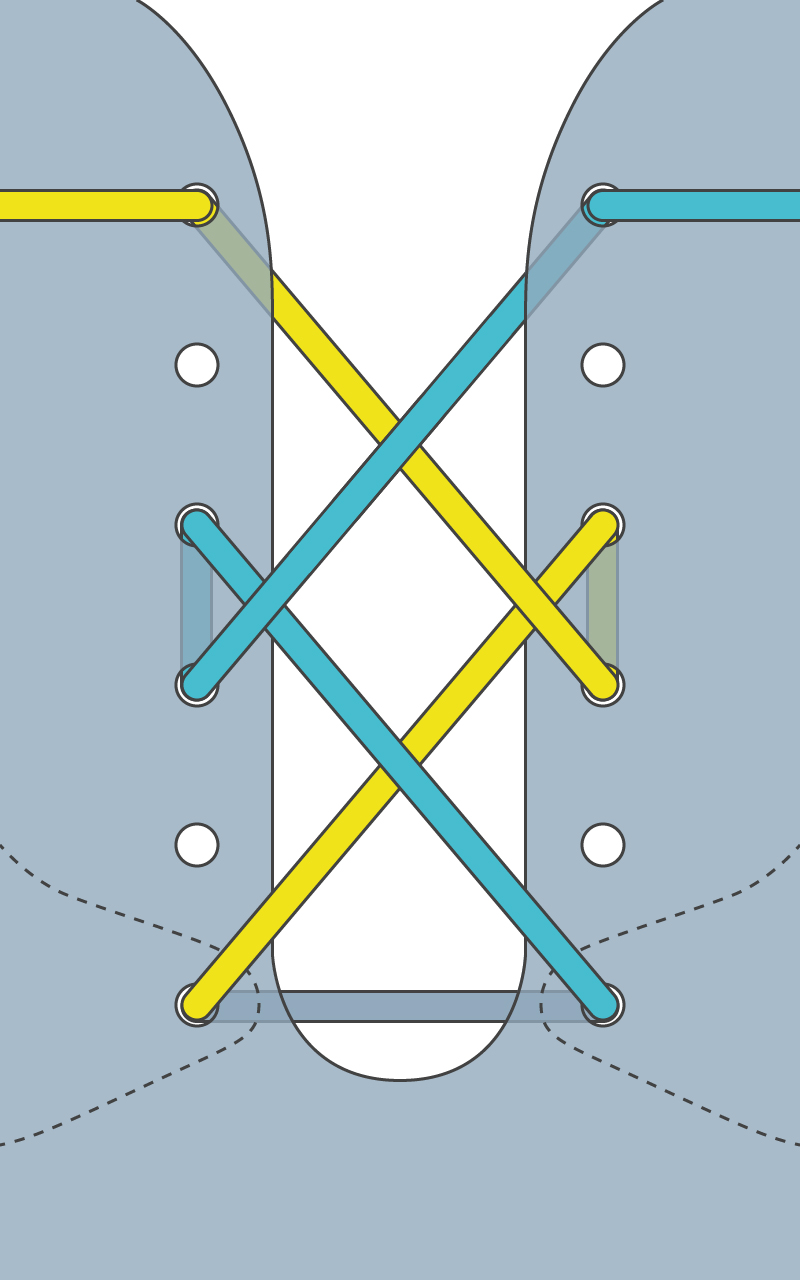
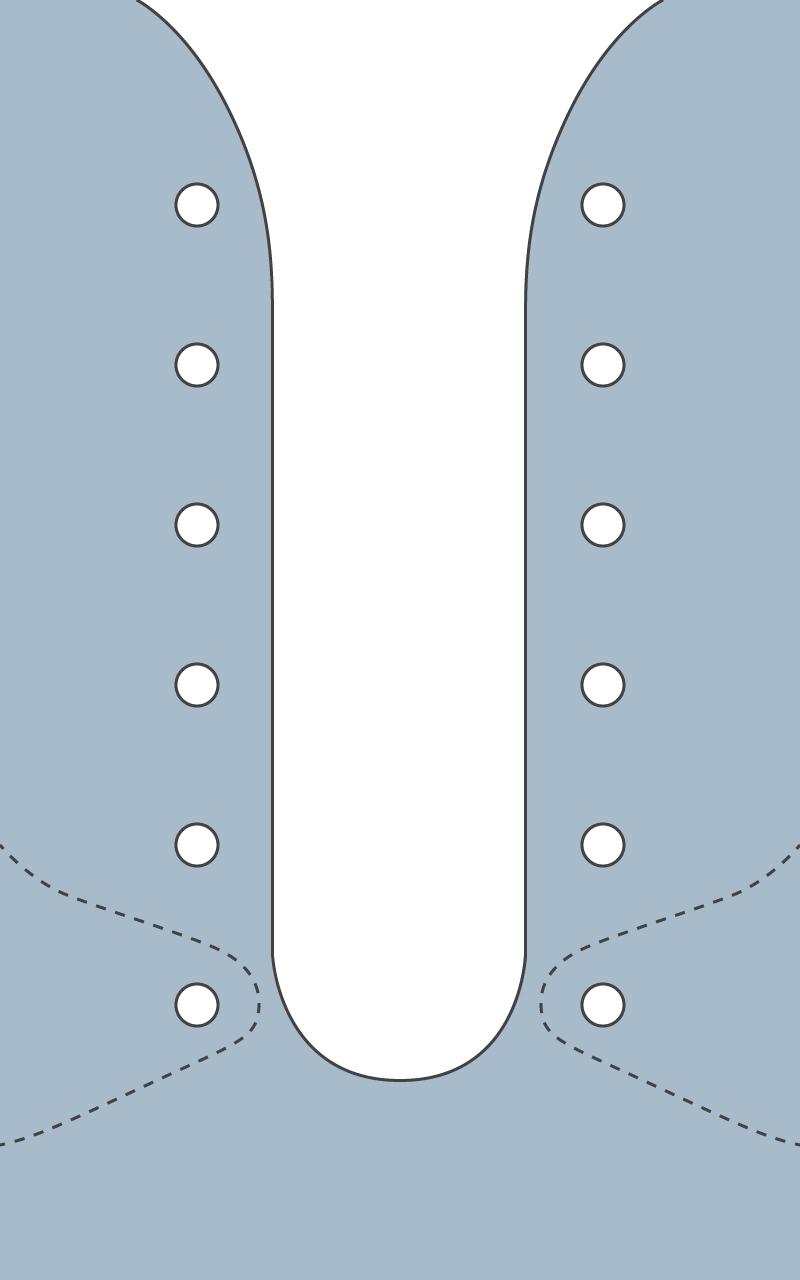
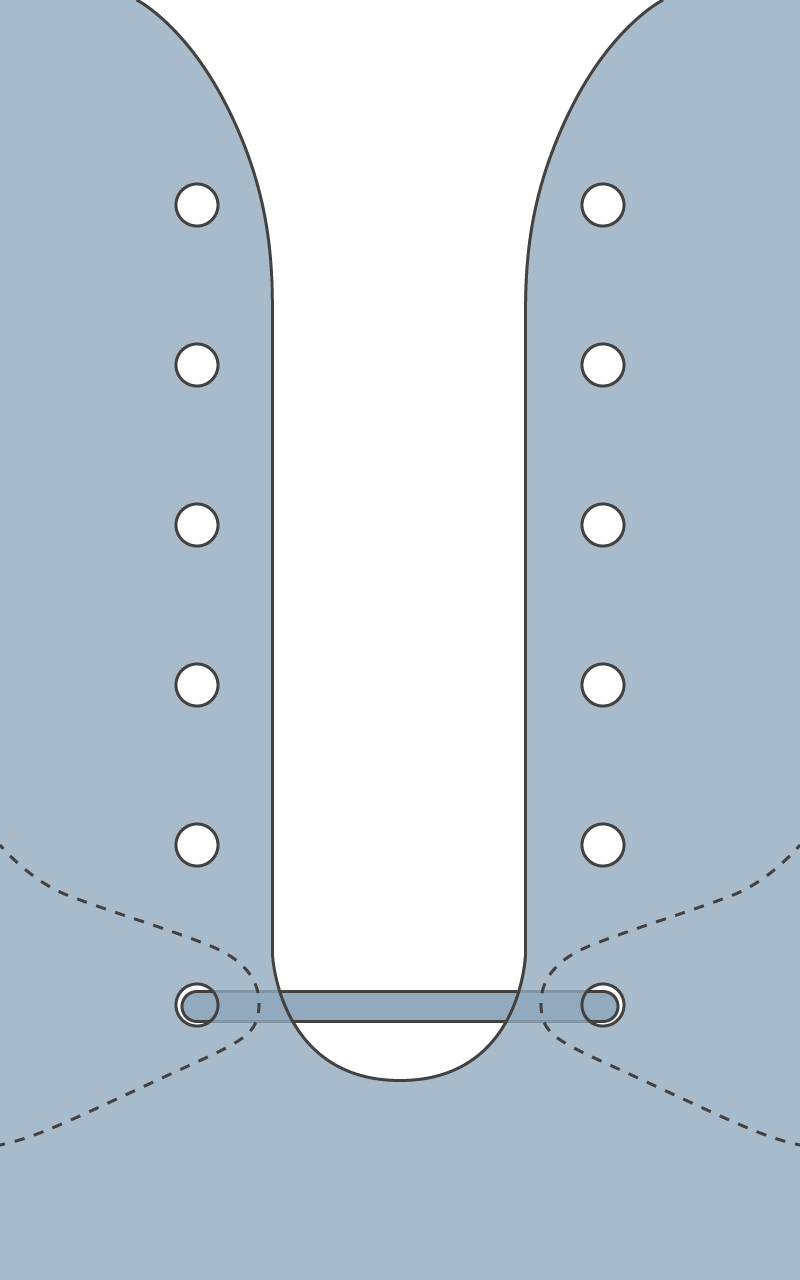
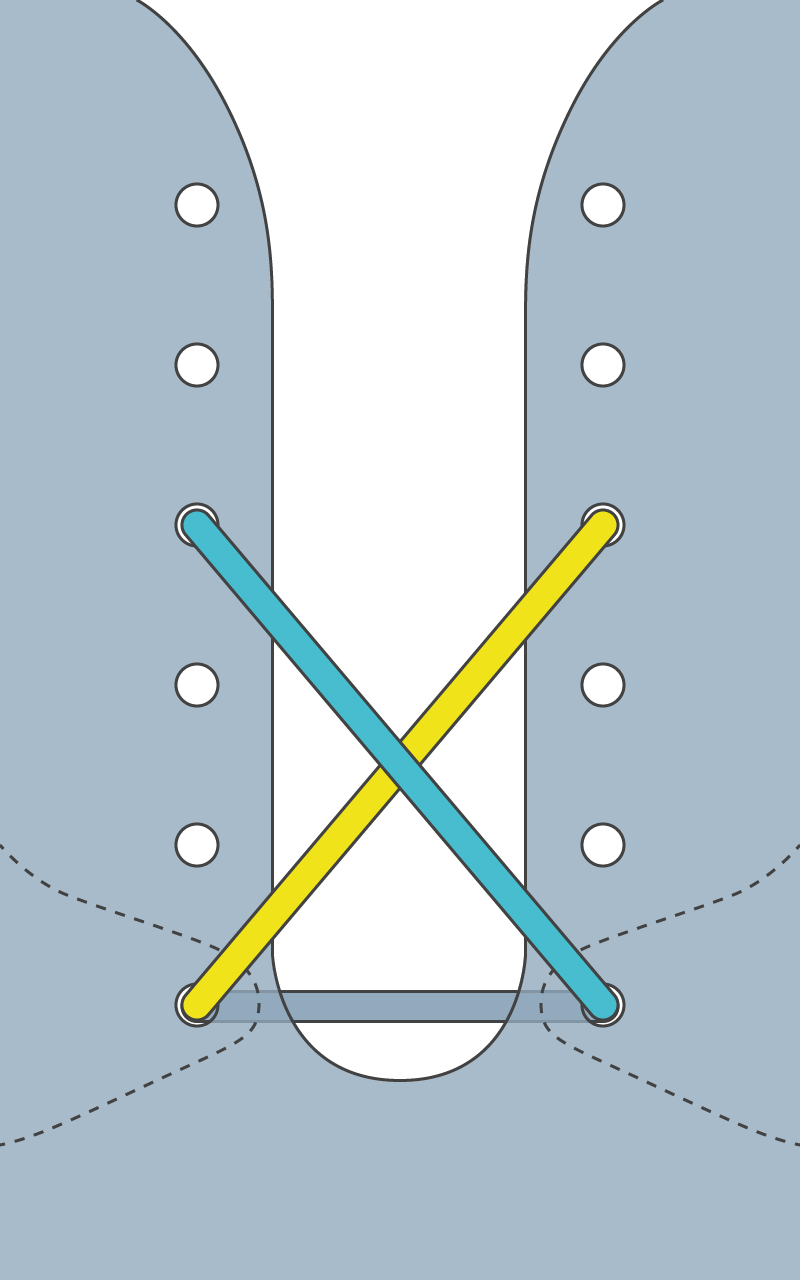
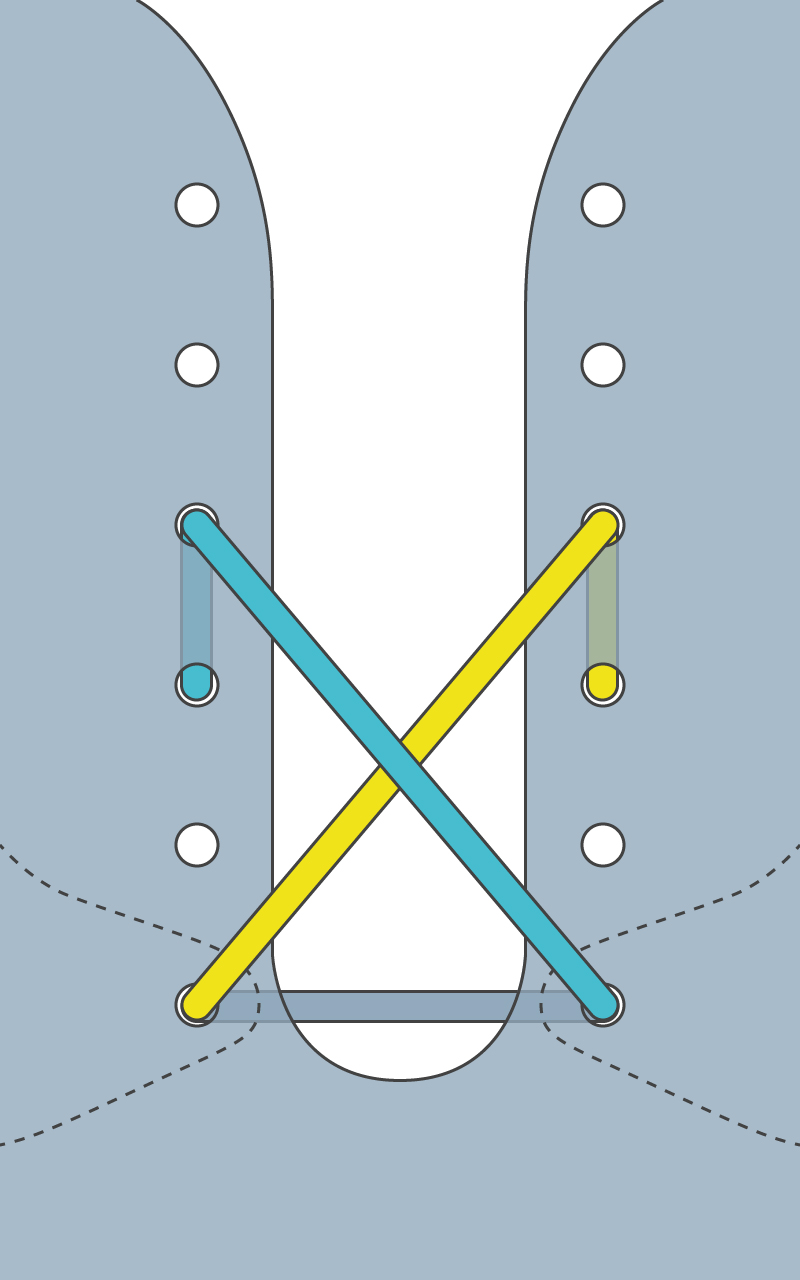
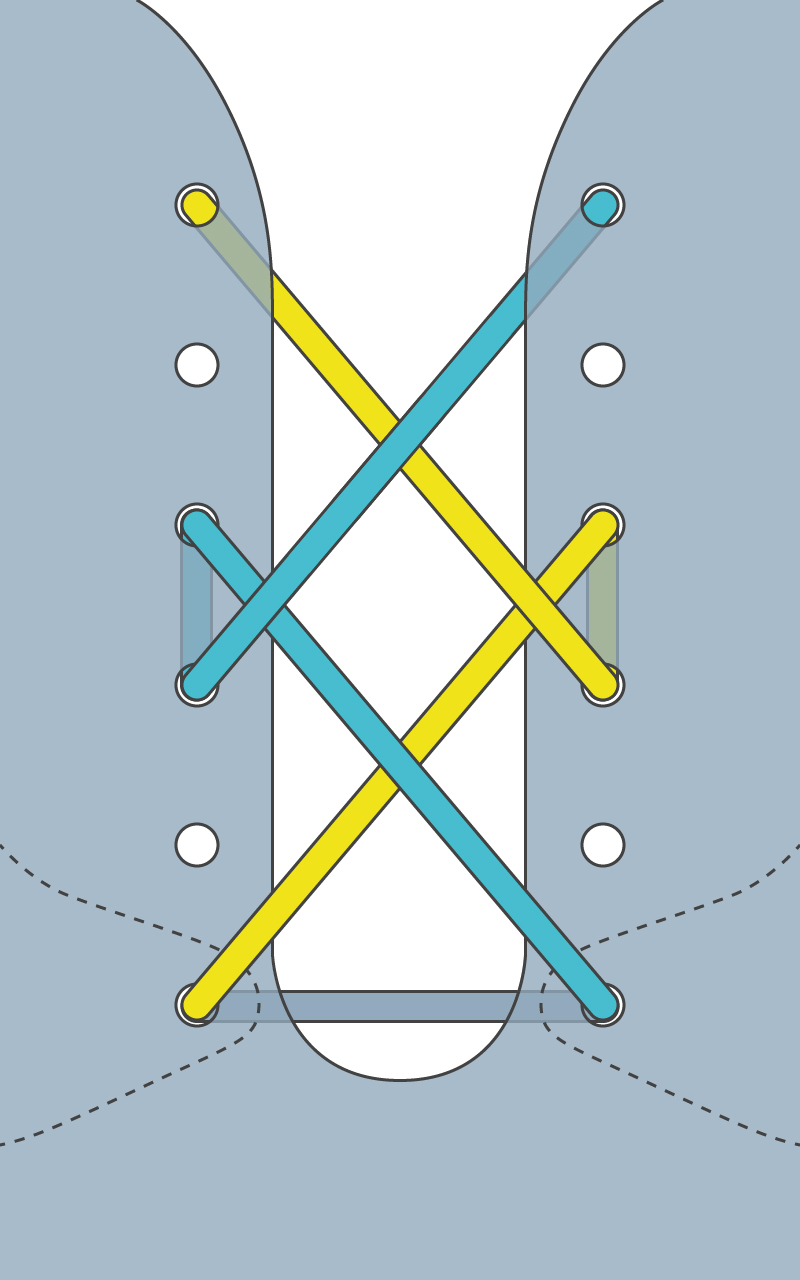
How do you use shoes to tight with heel slippage?
Extremely helpful! I bought size 13 cleats and when I put them on the heel slippage was extremely evident. I bought an insole, and double socked but the problem was still there. I finally tried the lacing technique for heel slippage above and it worked like a charm!